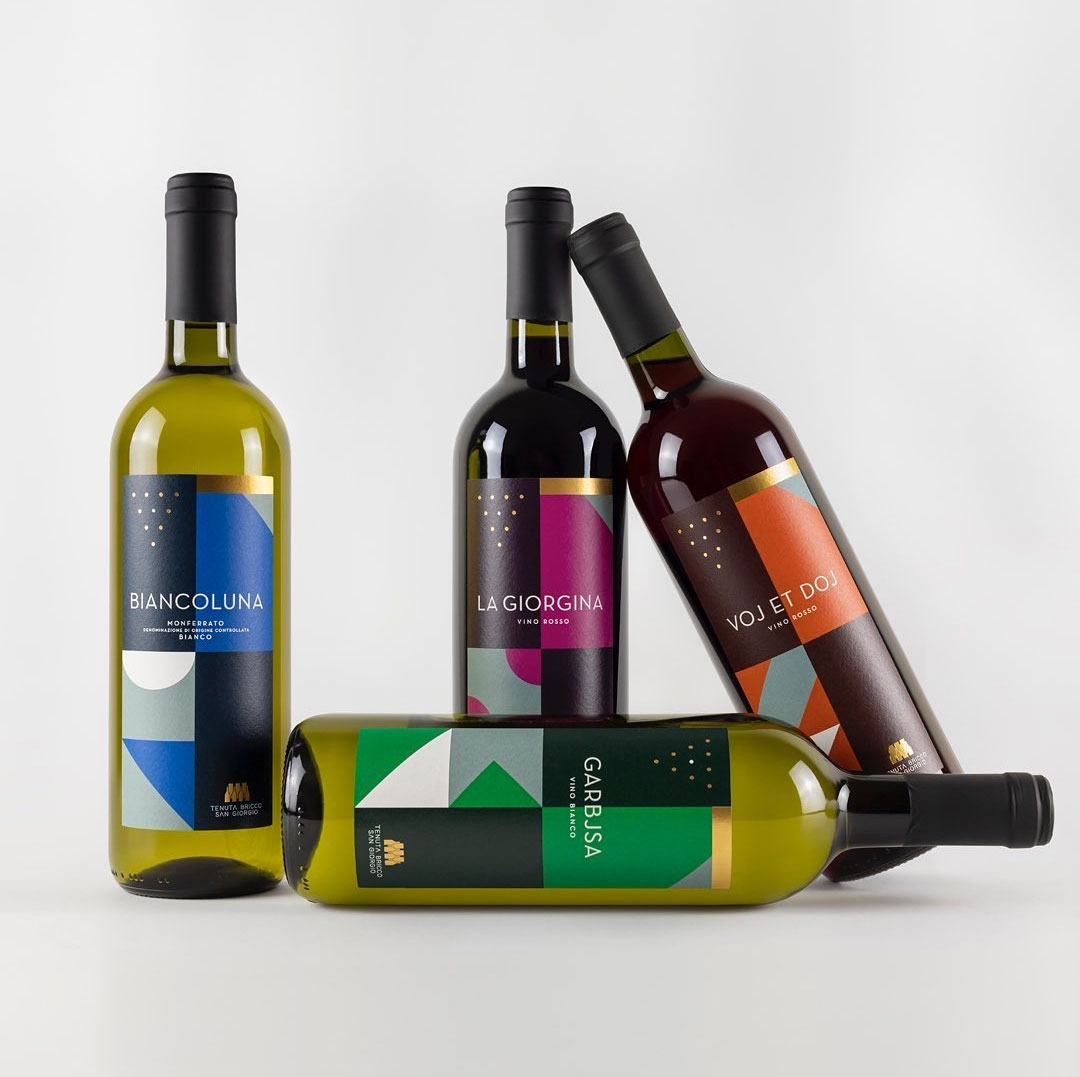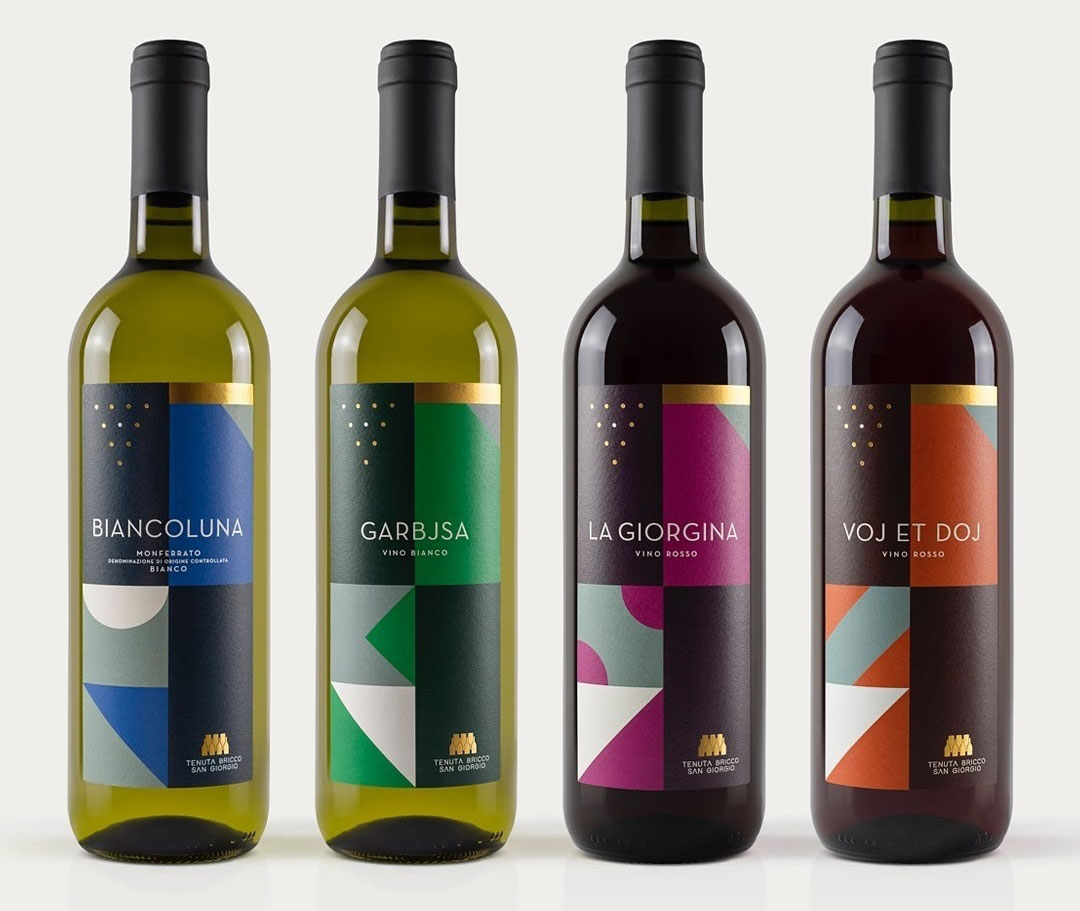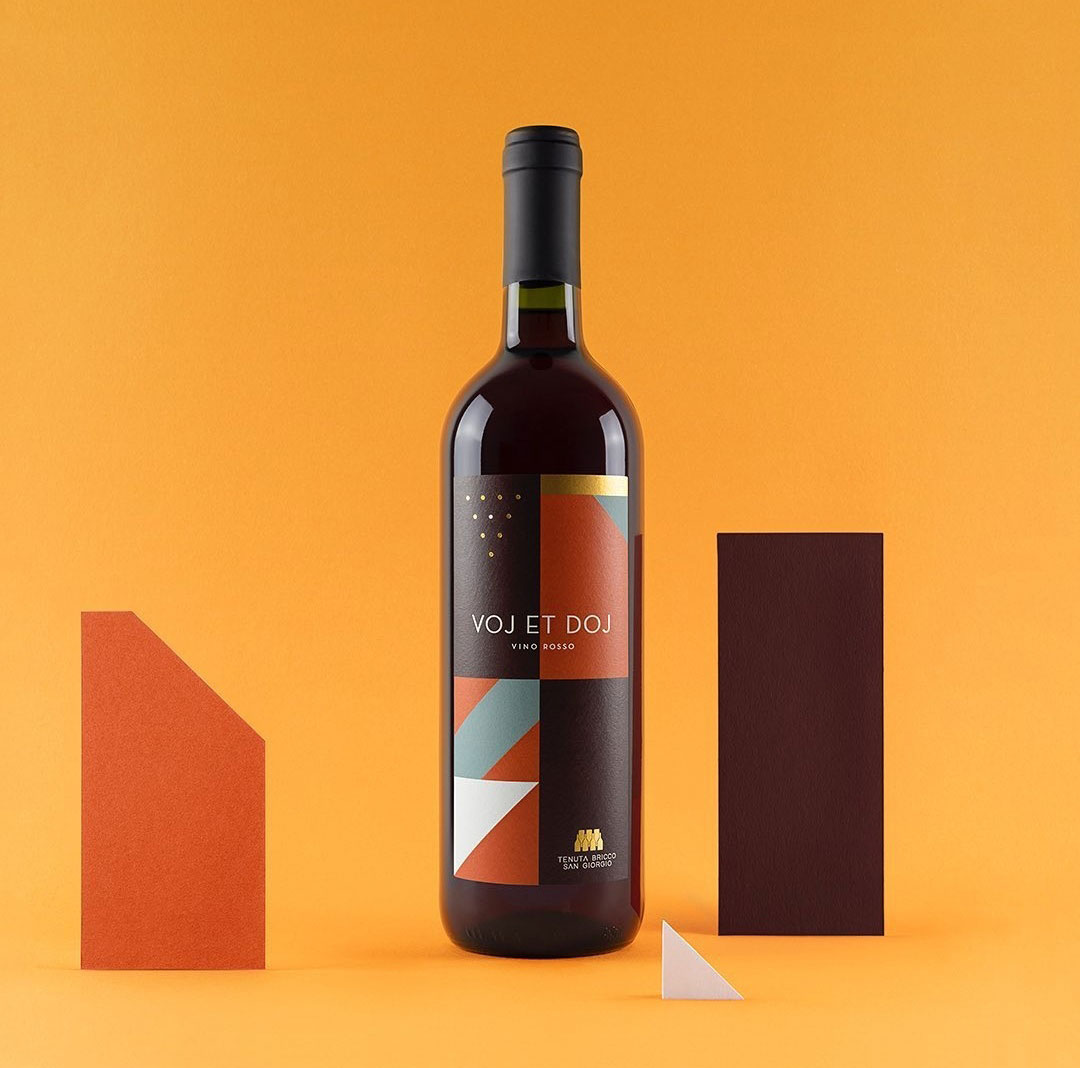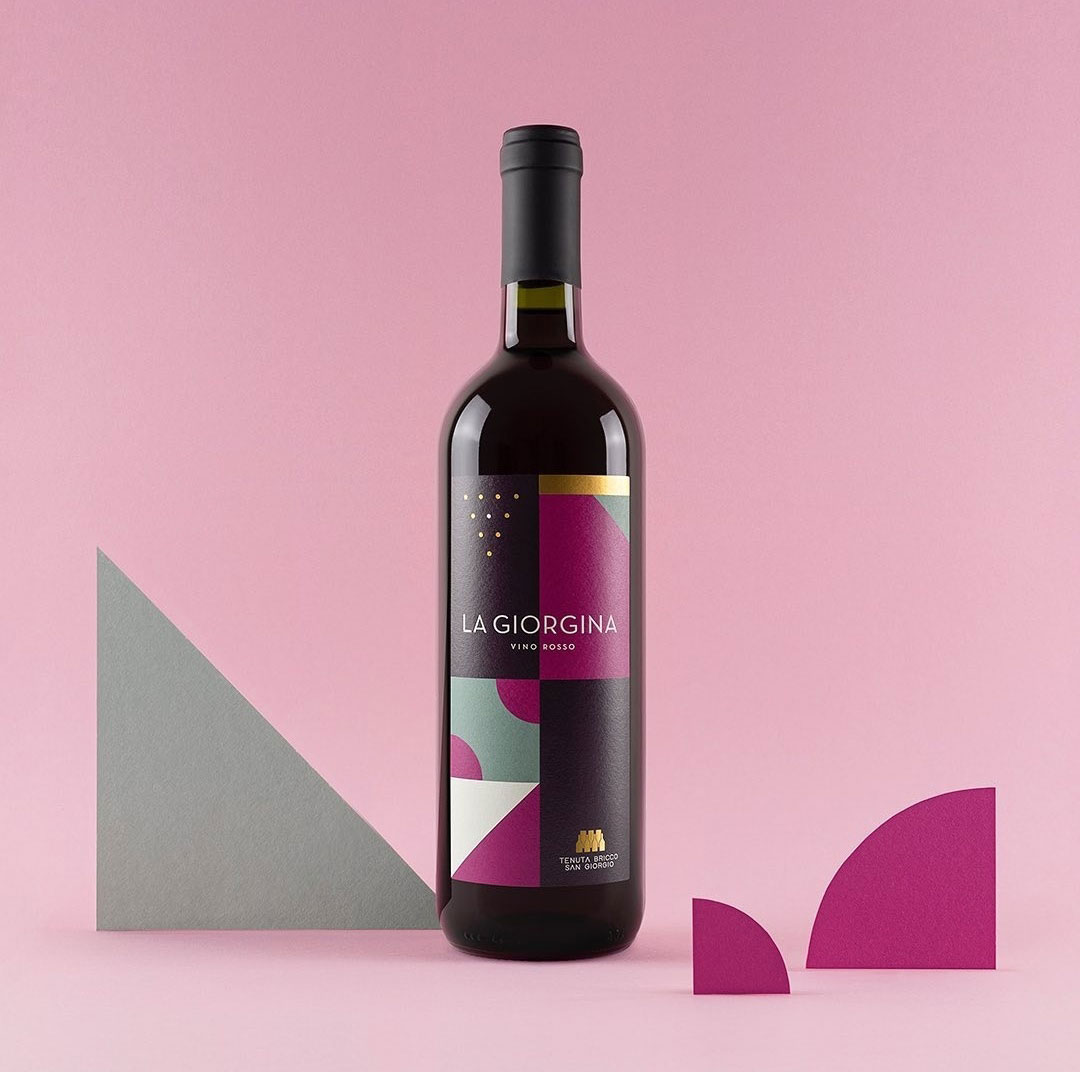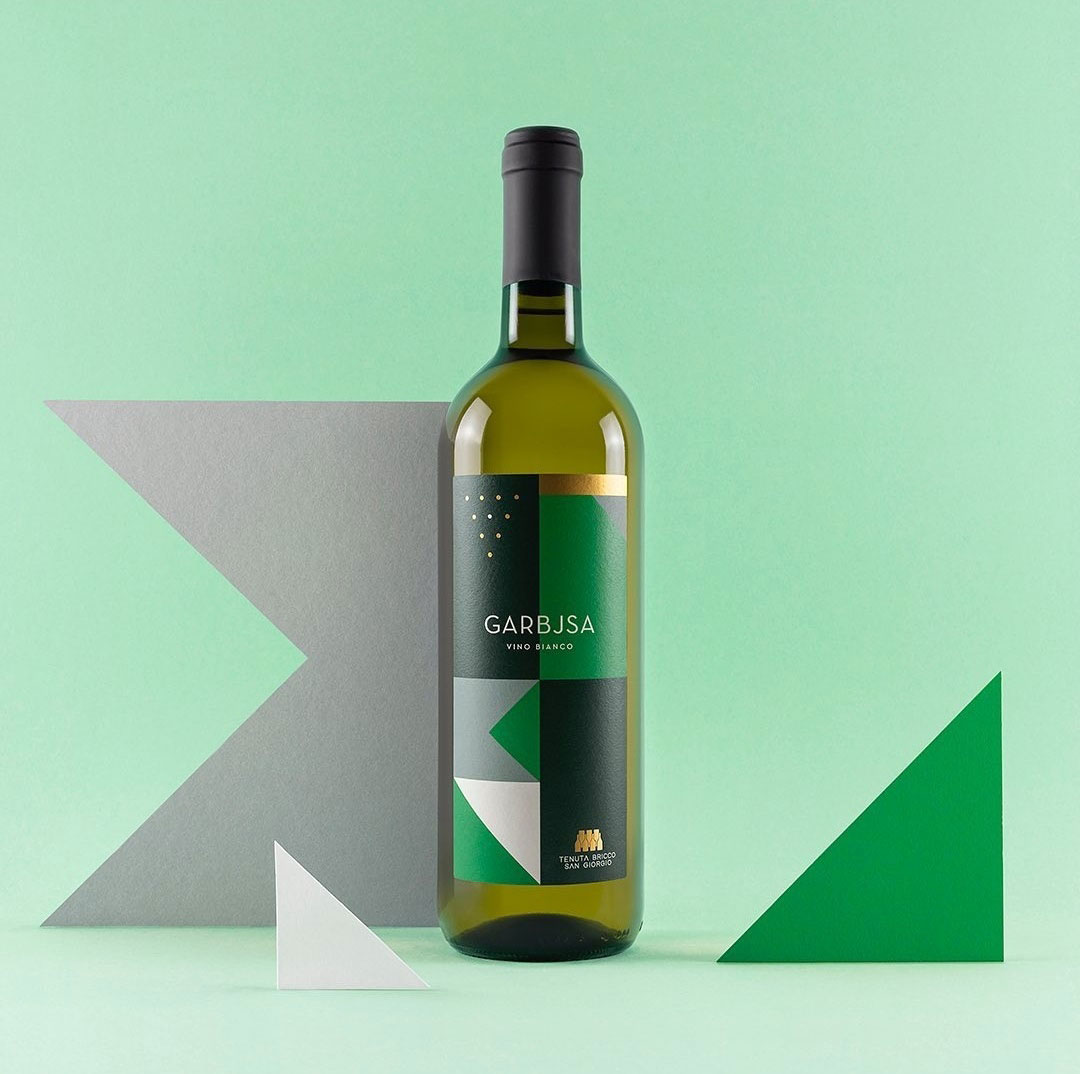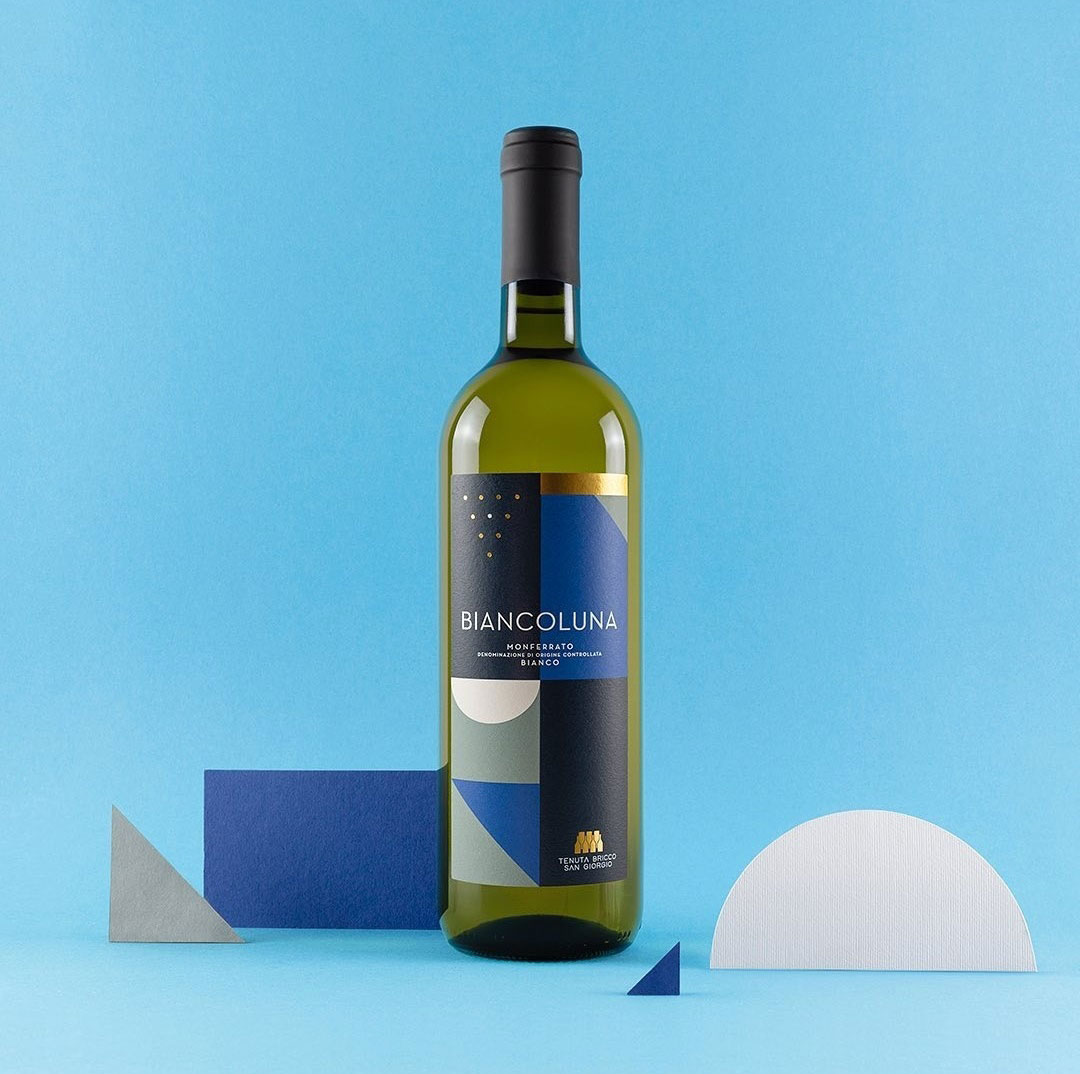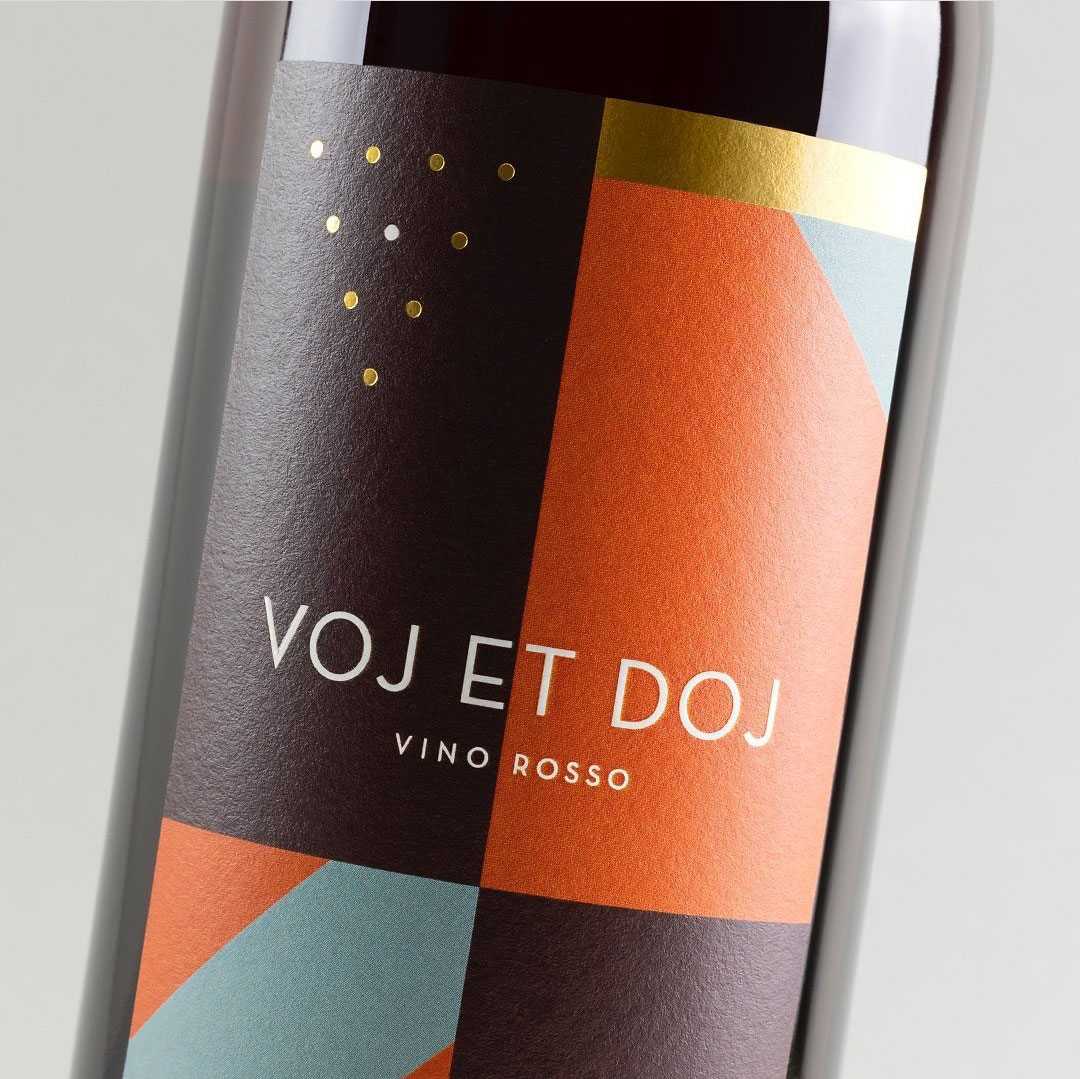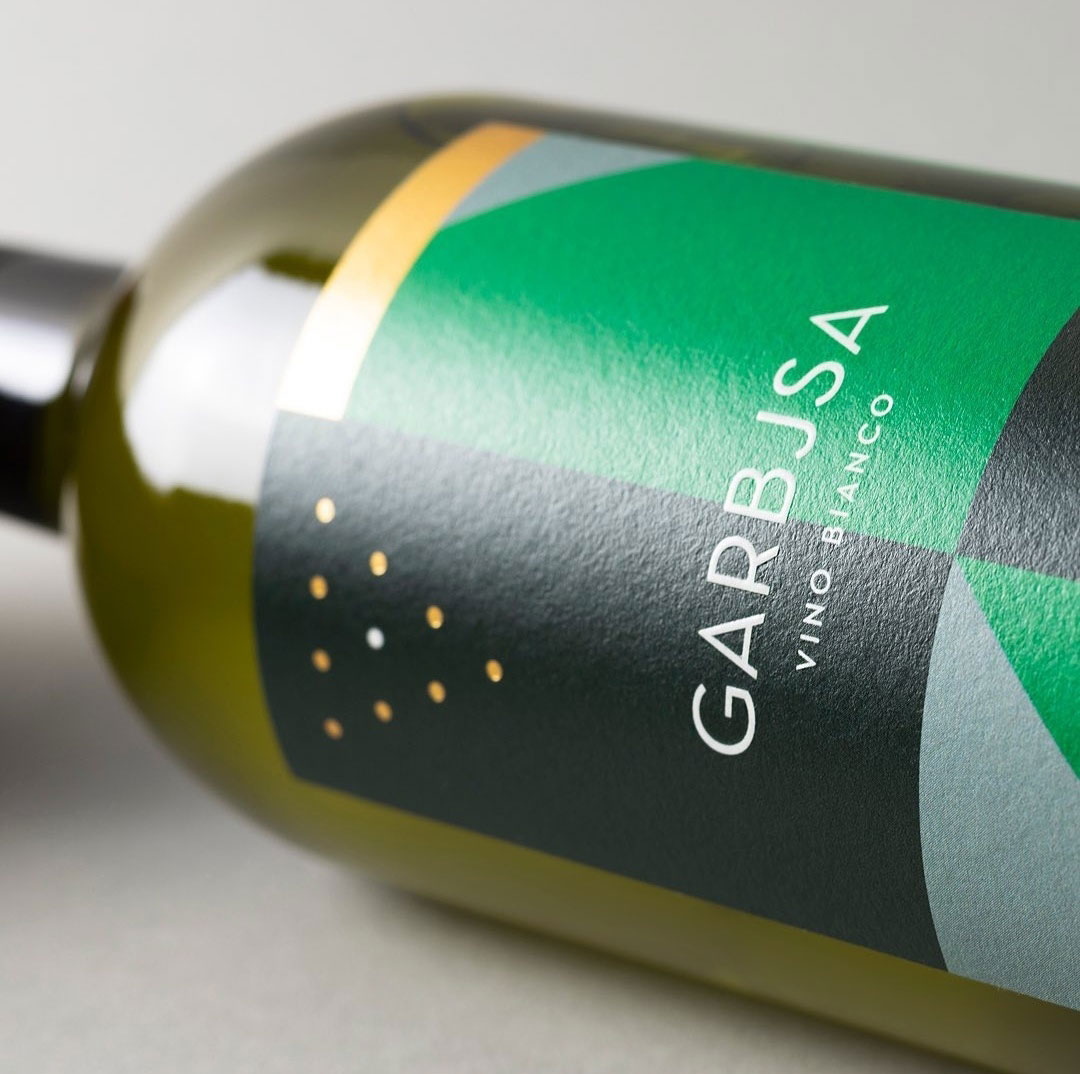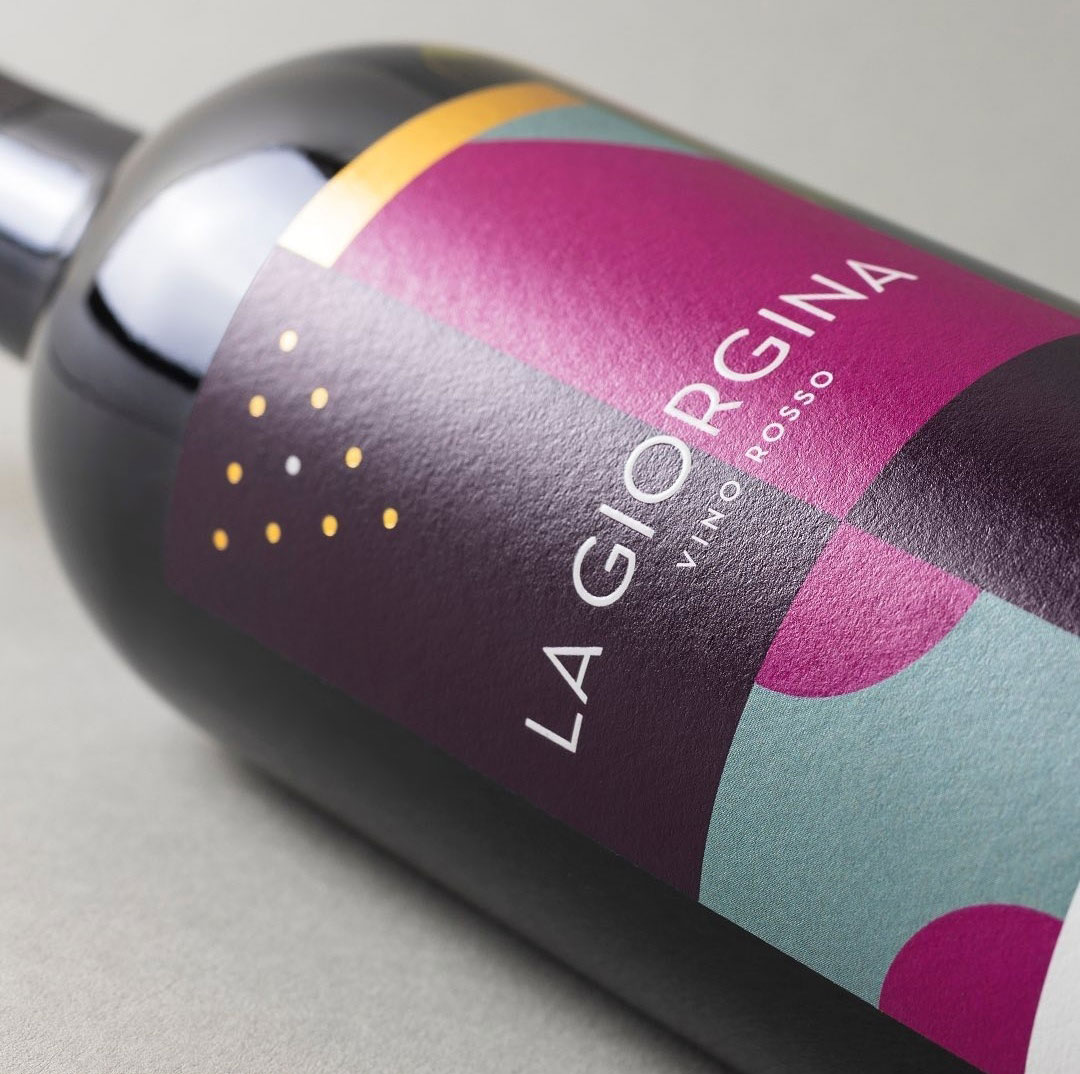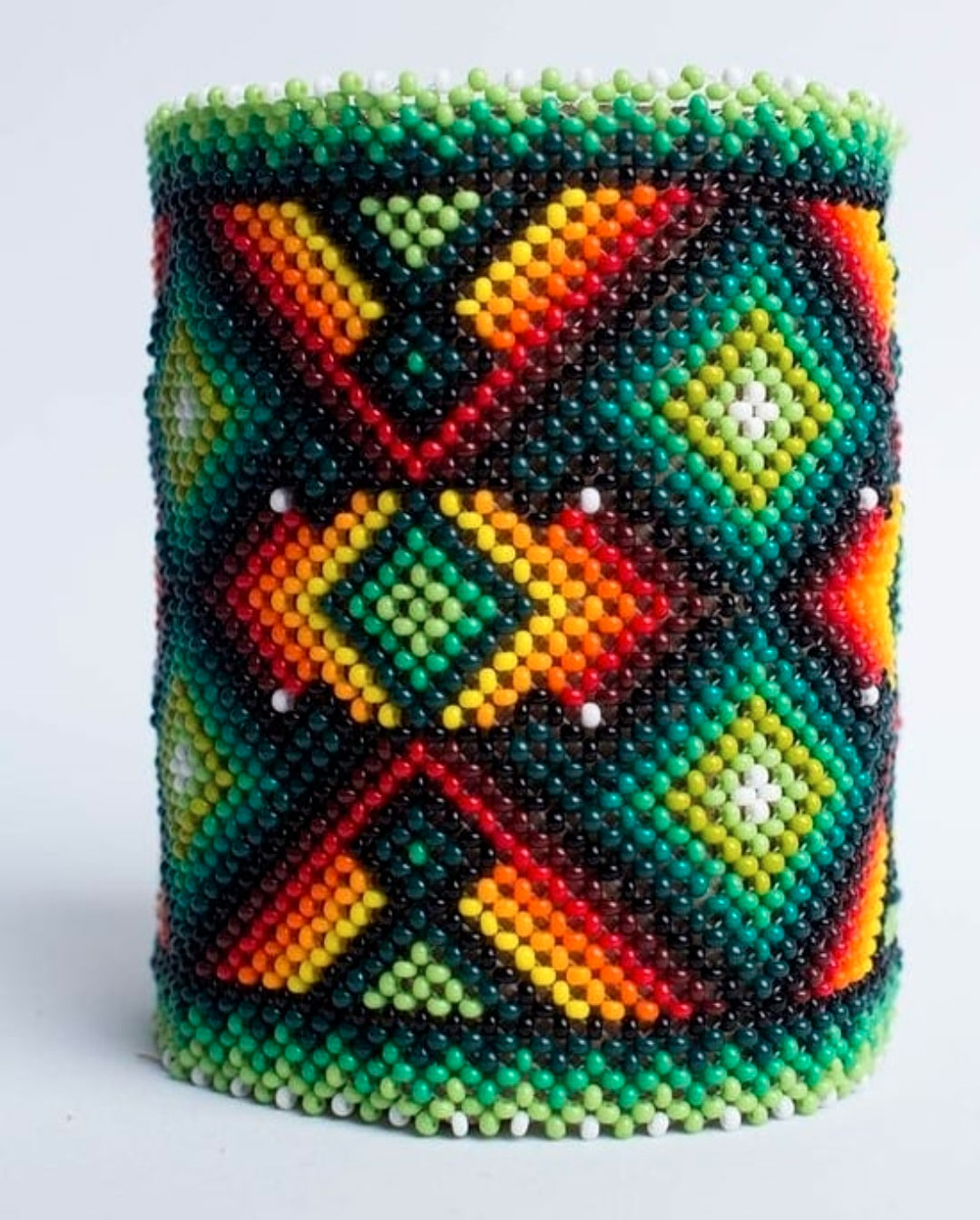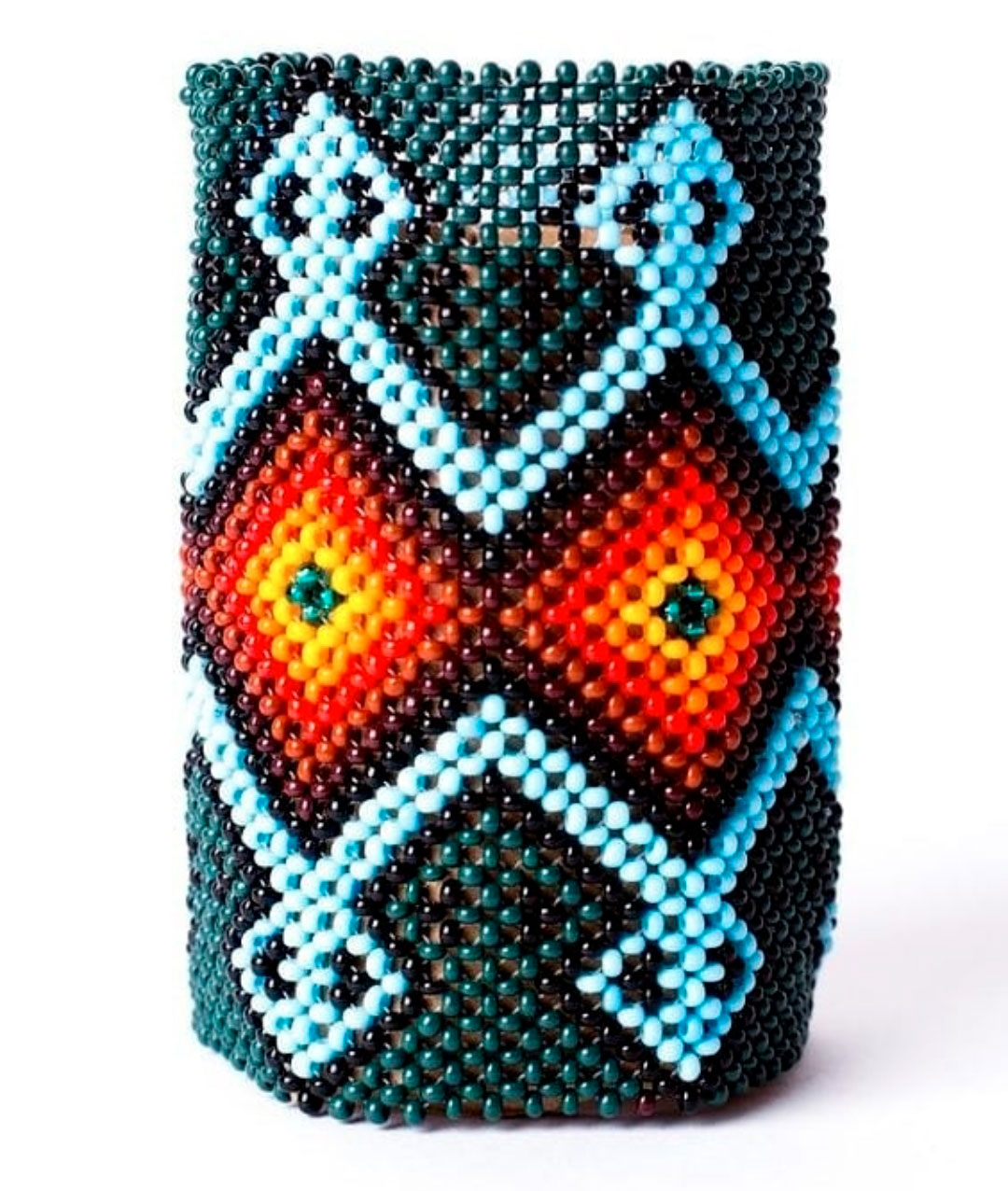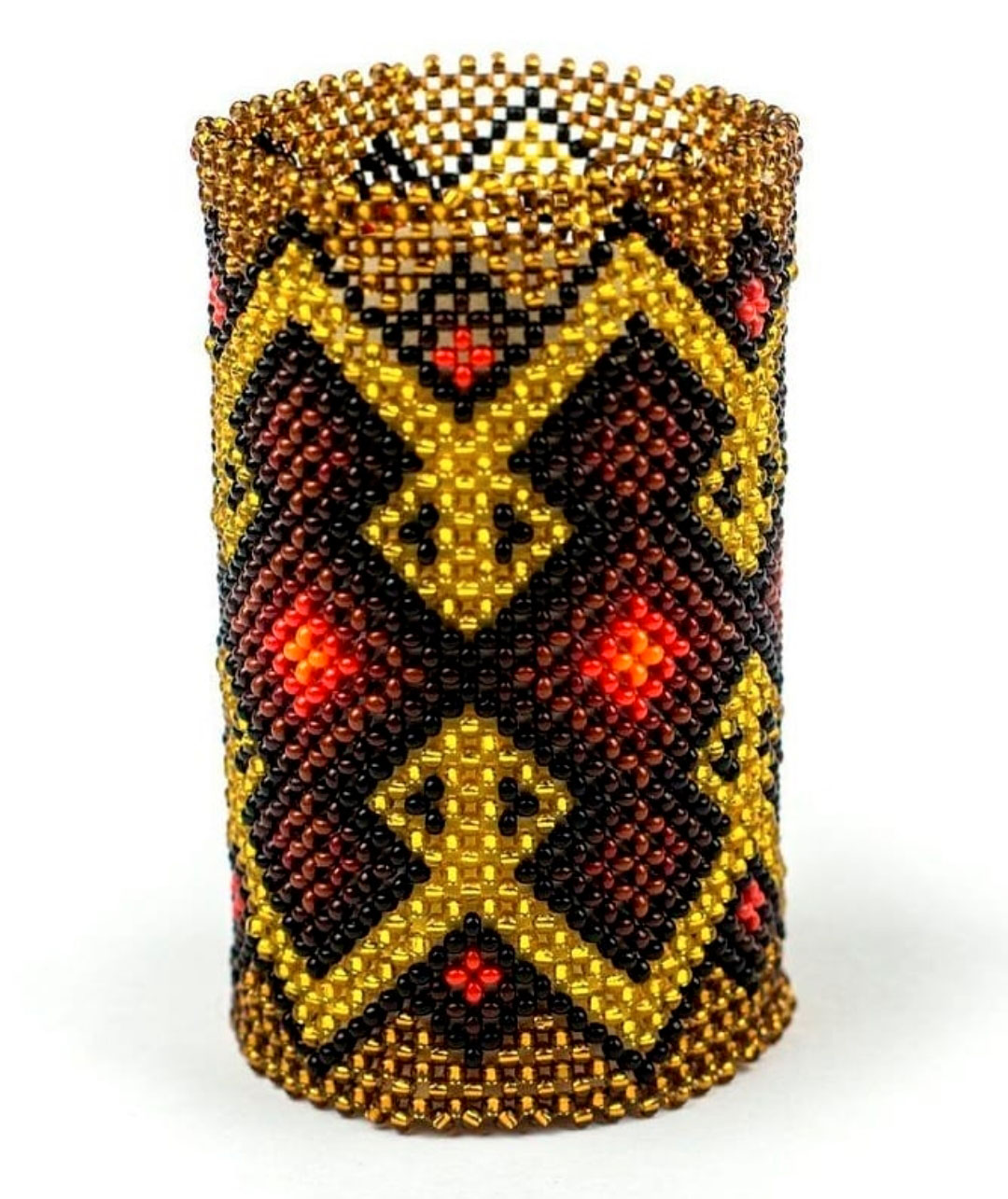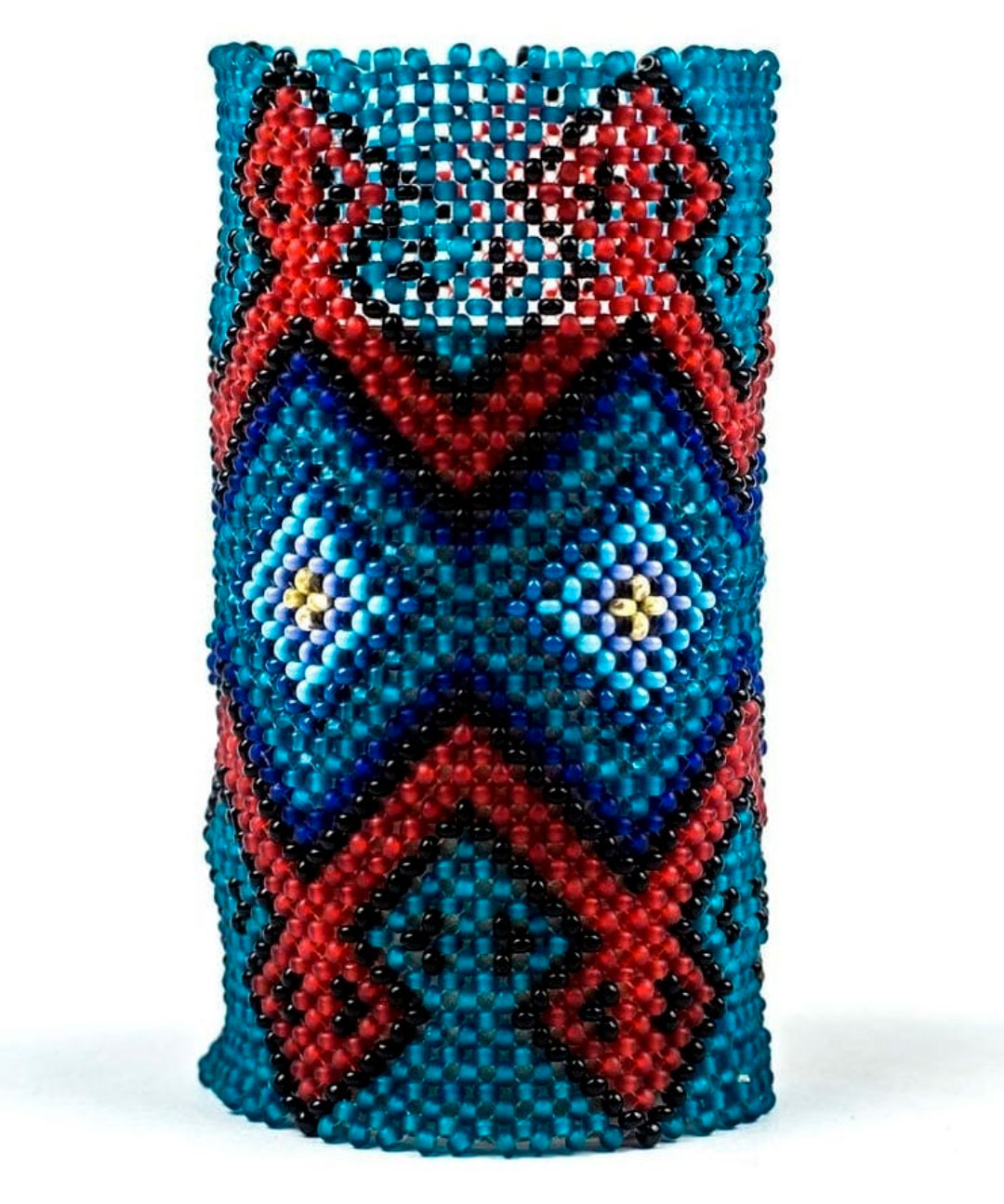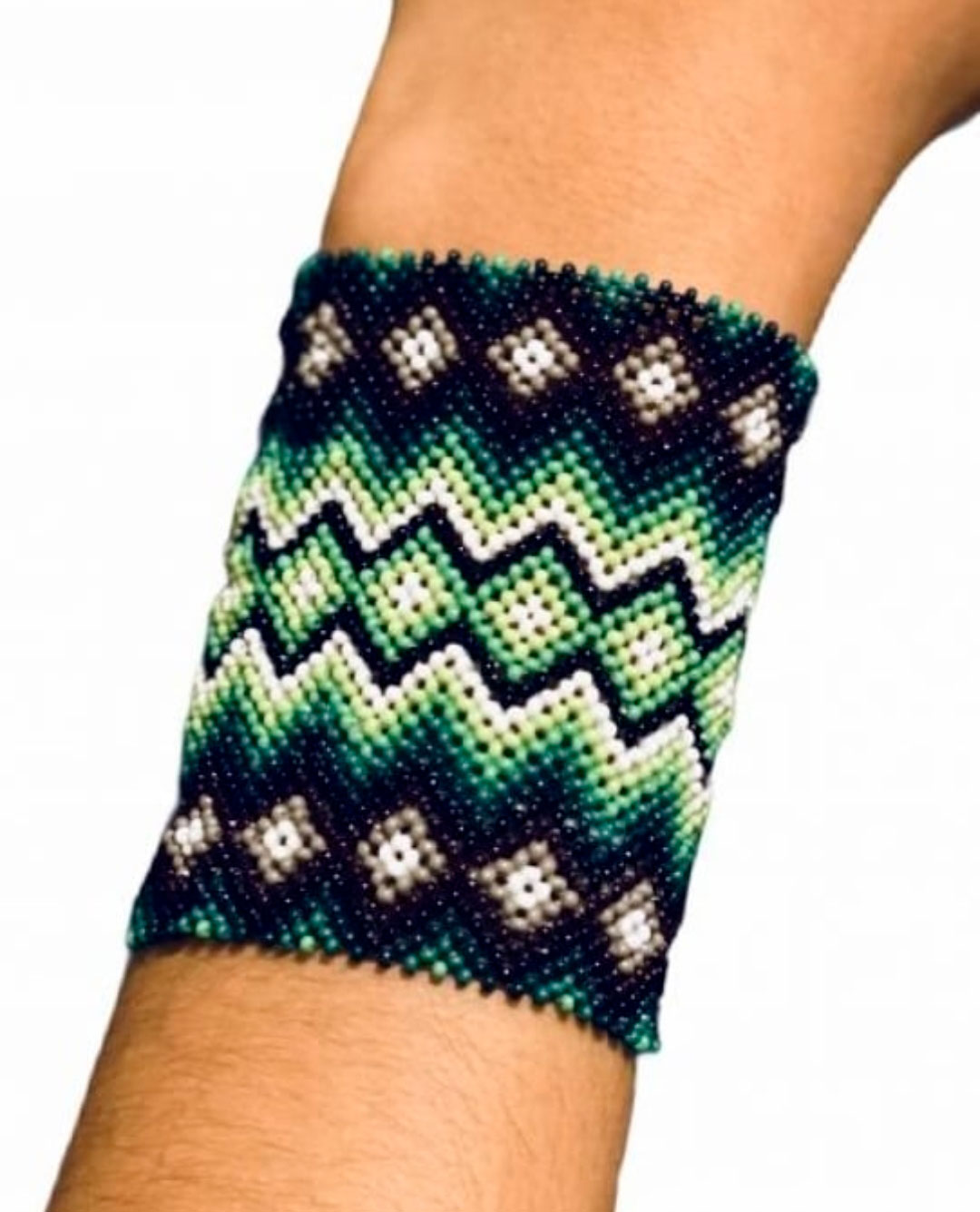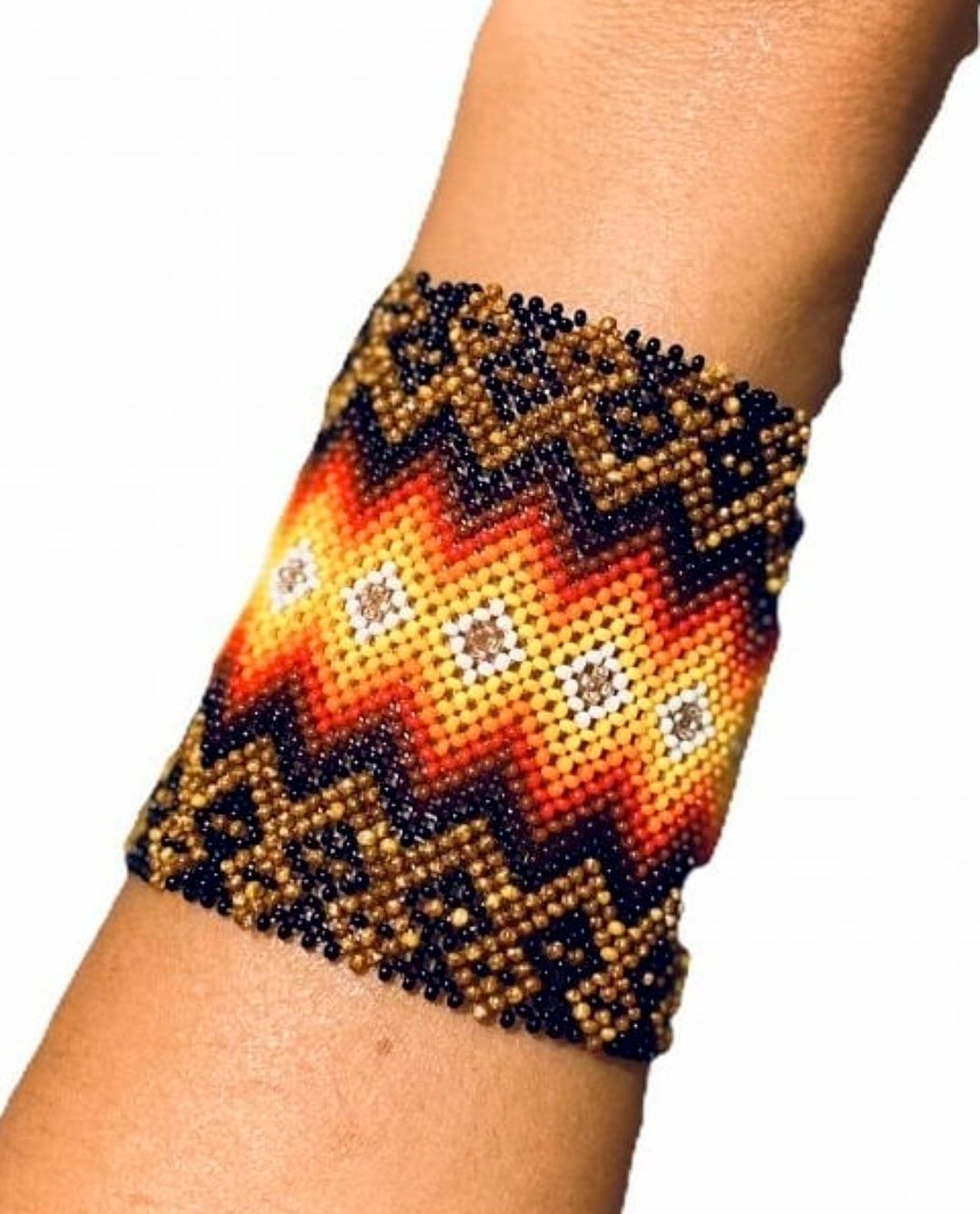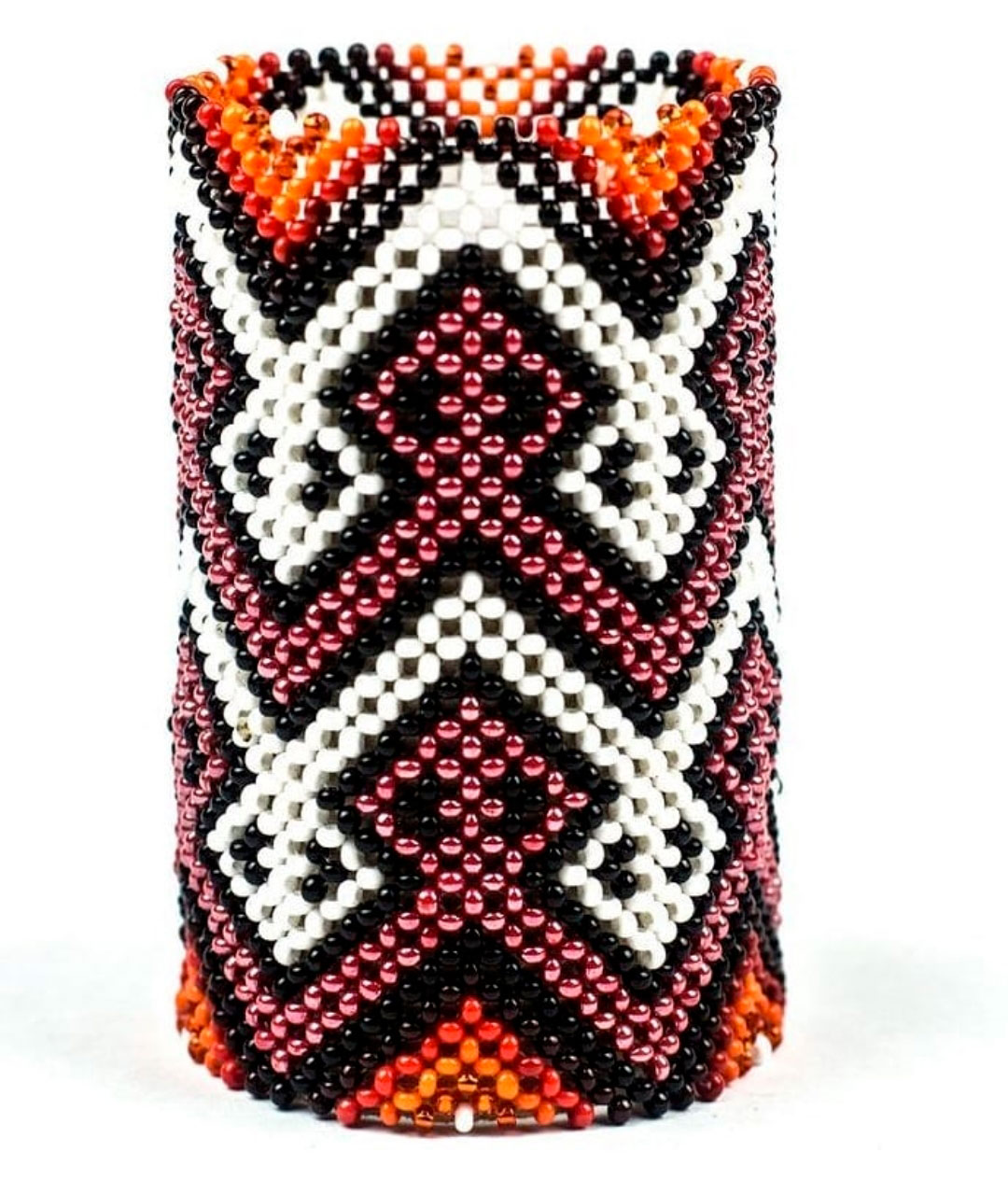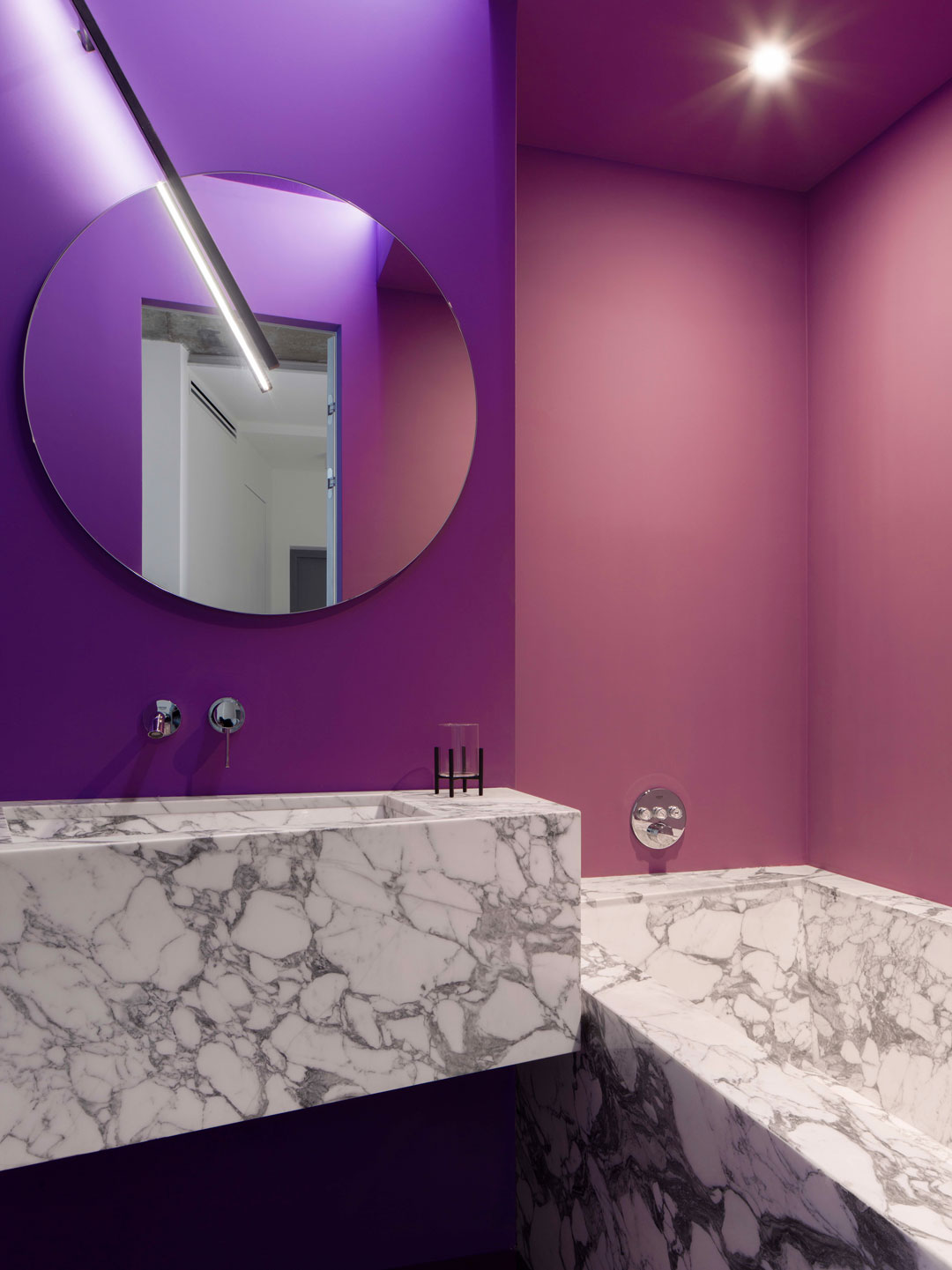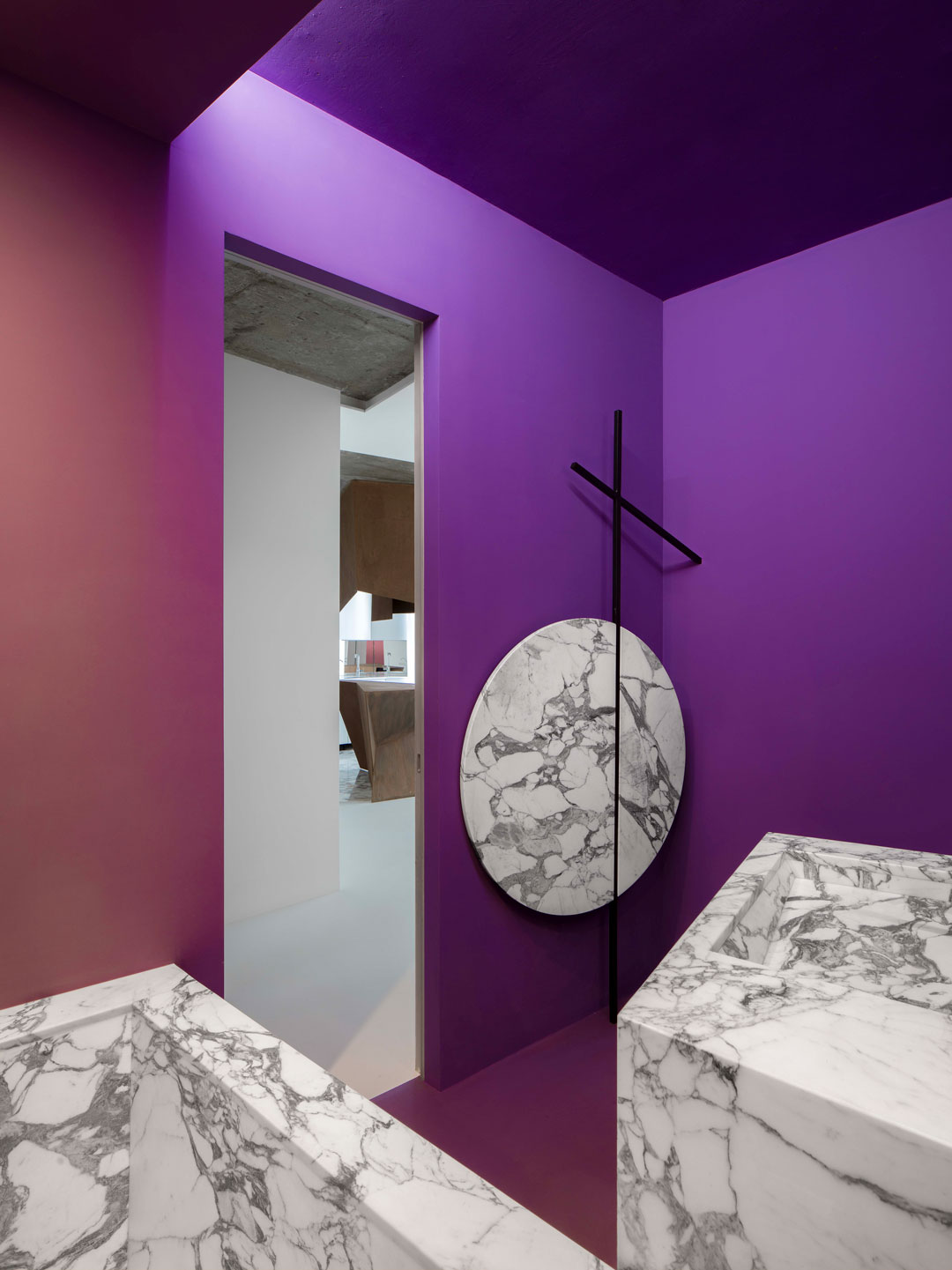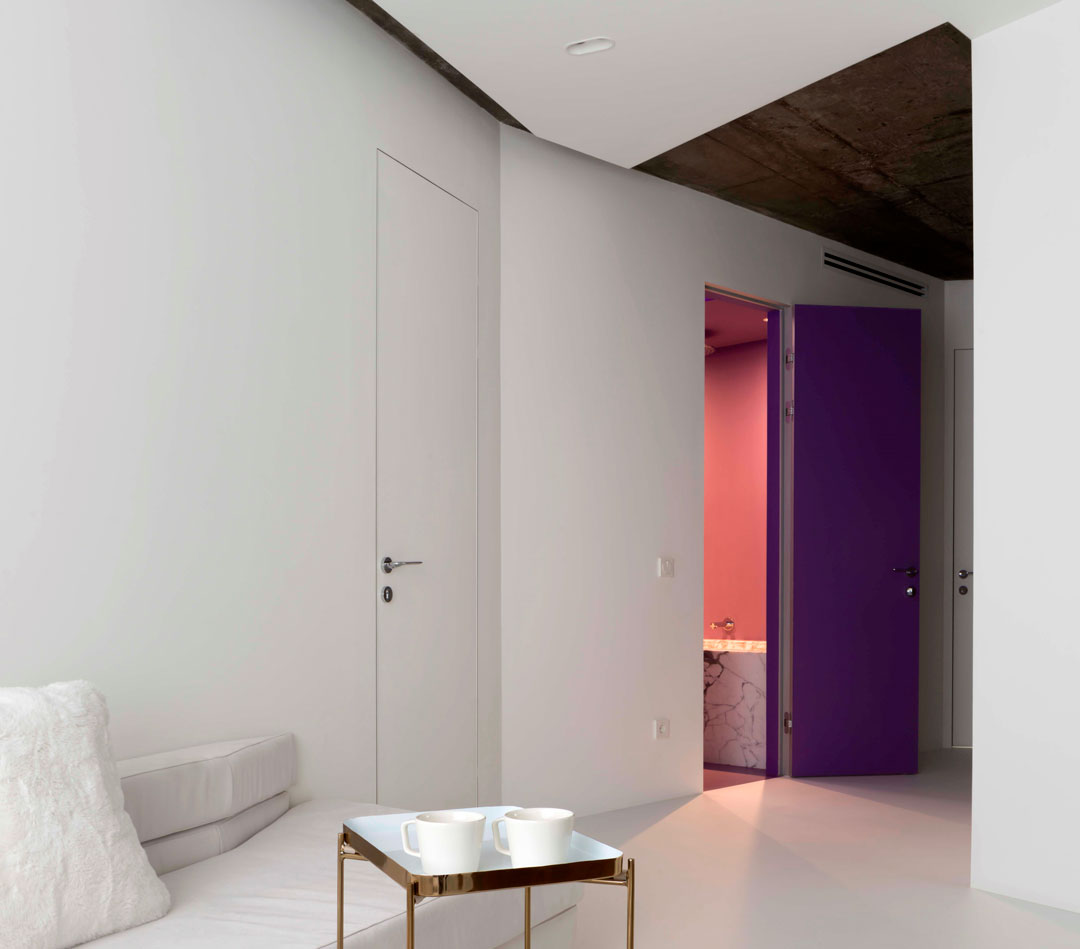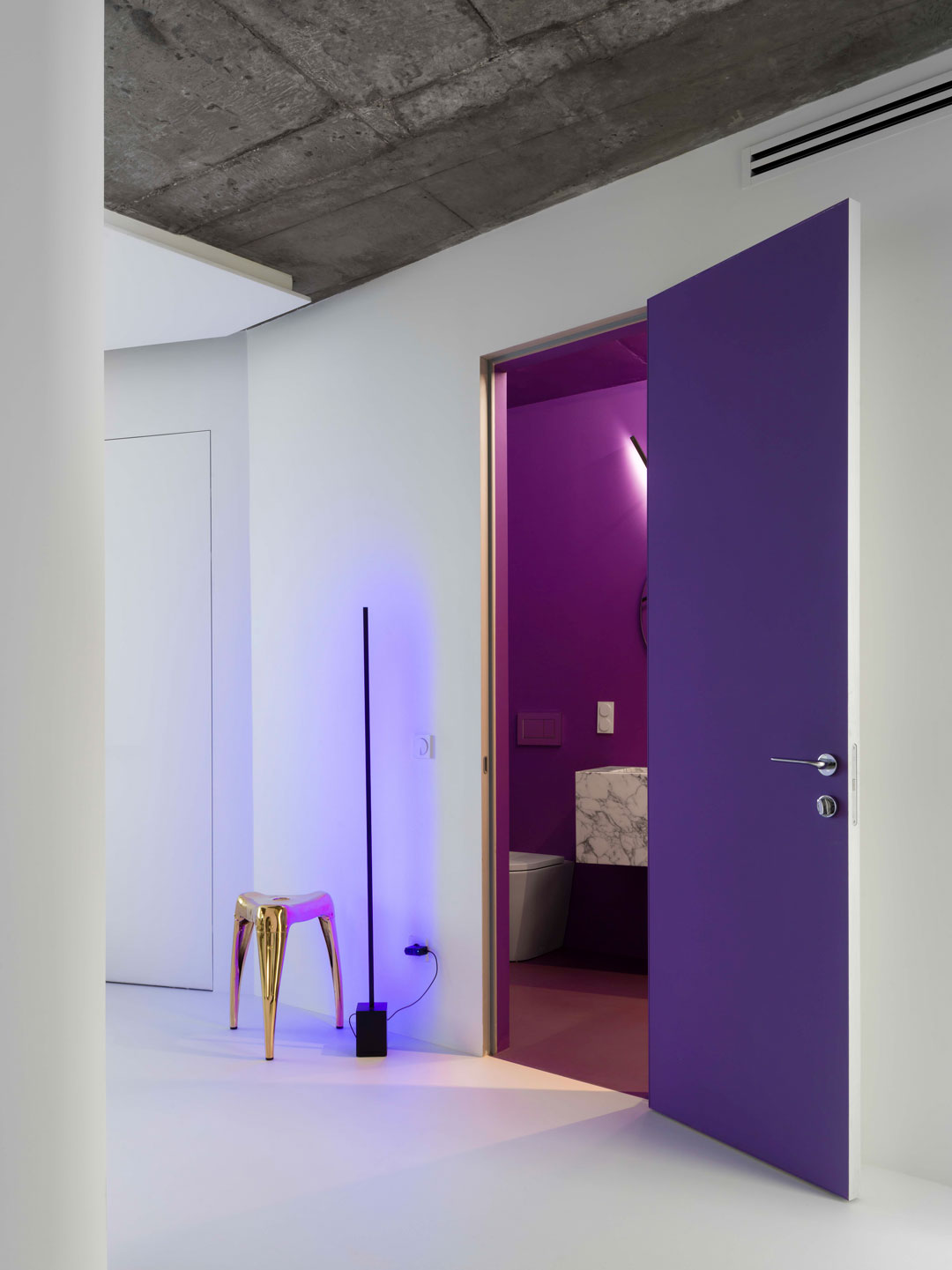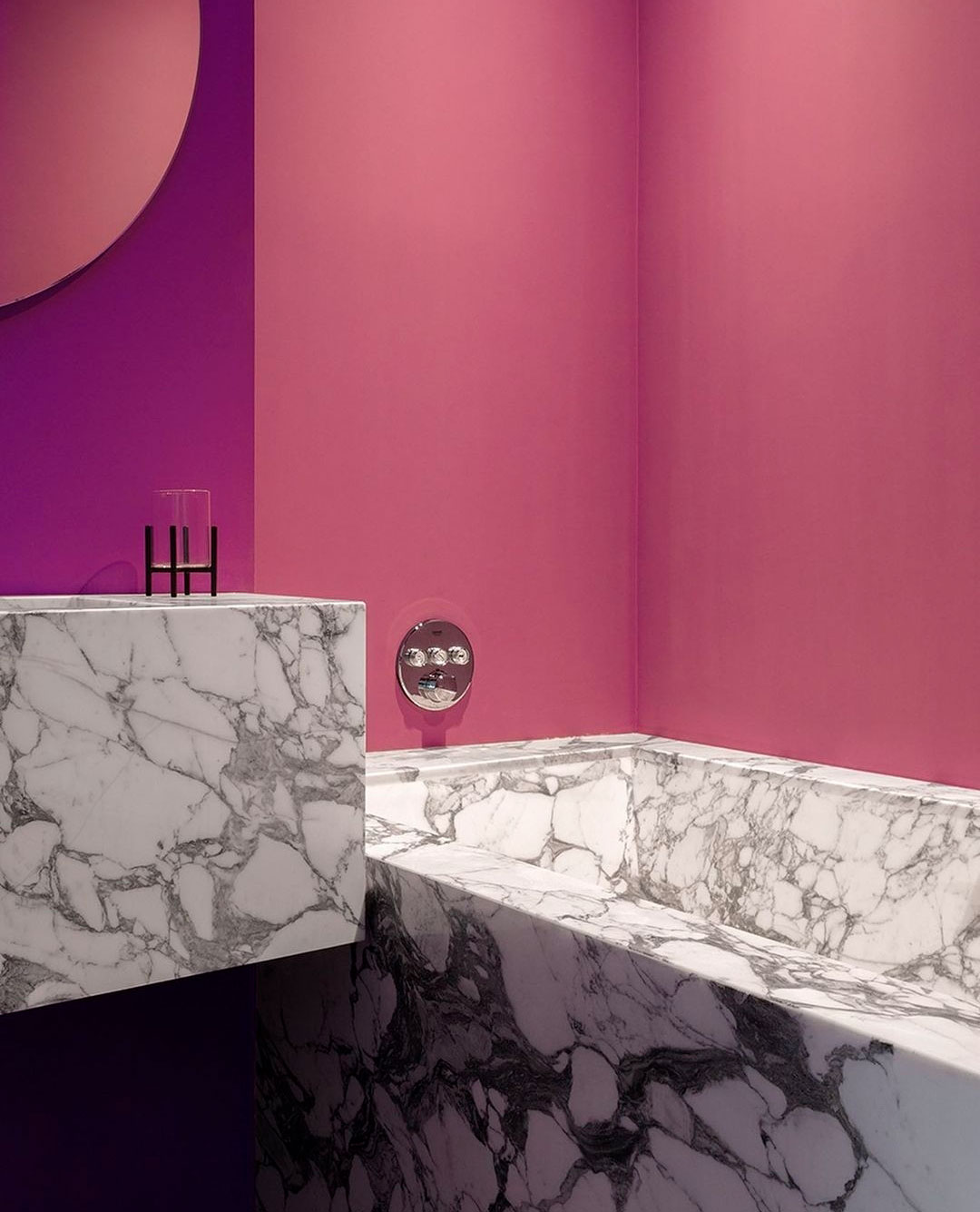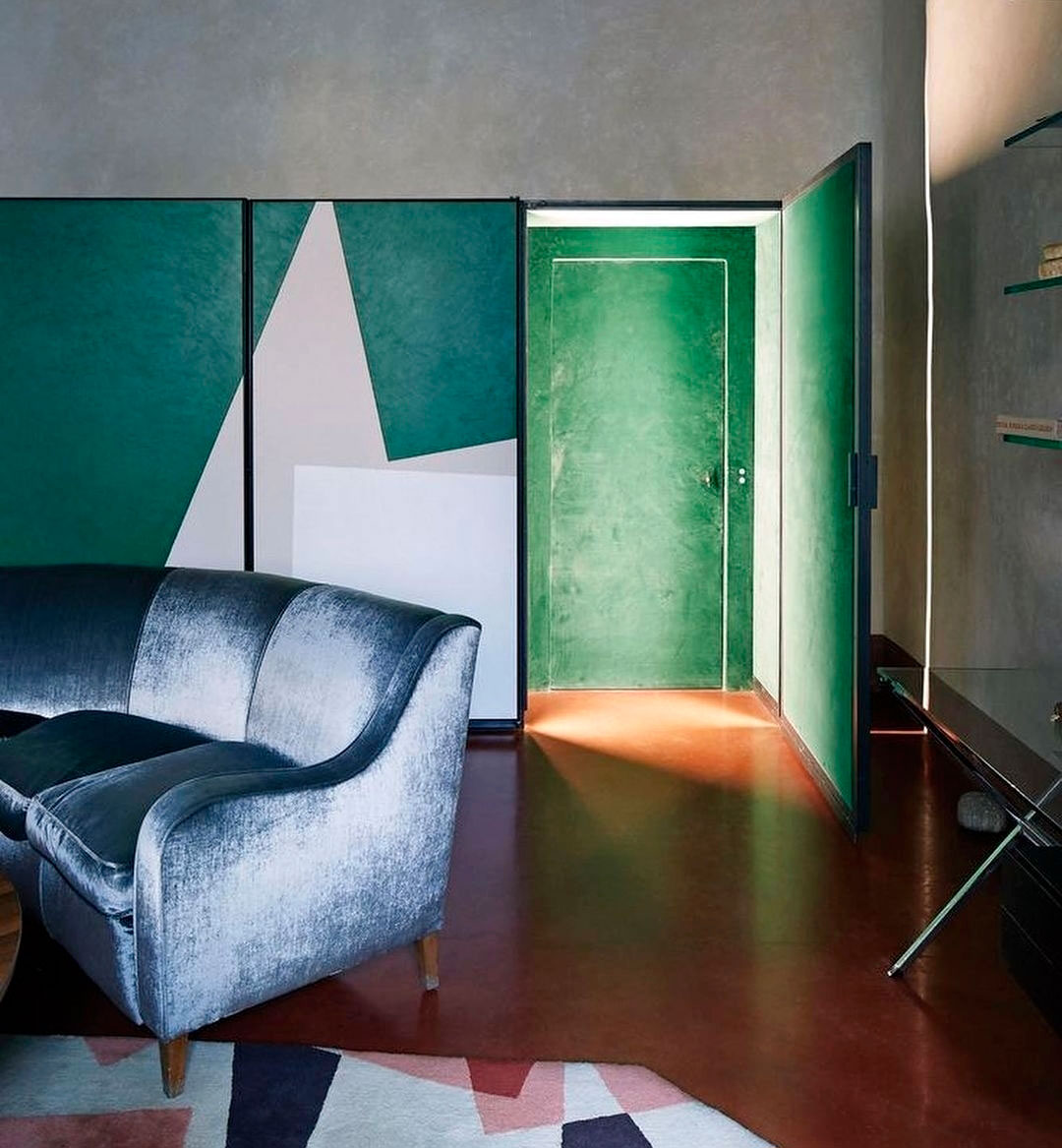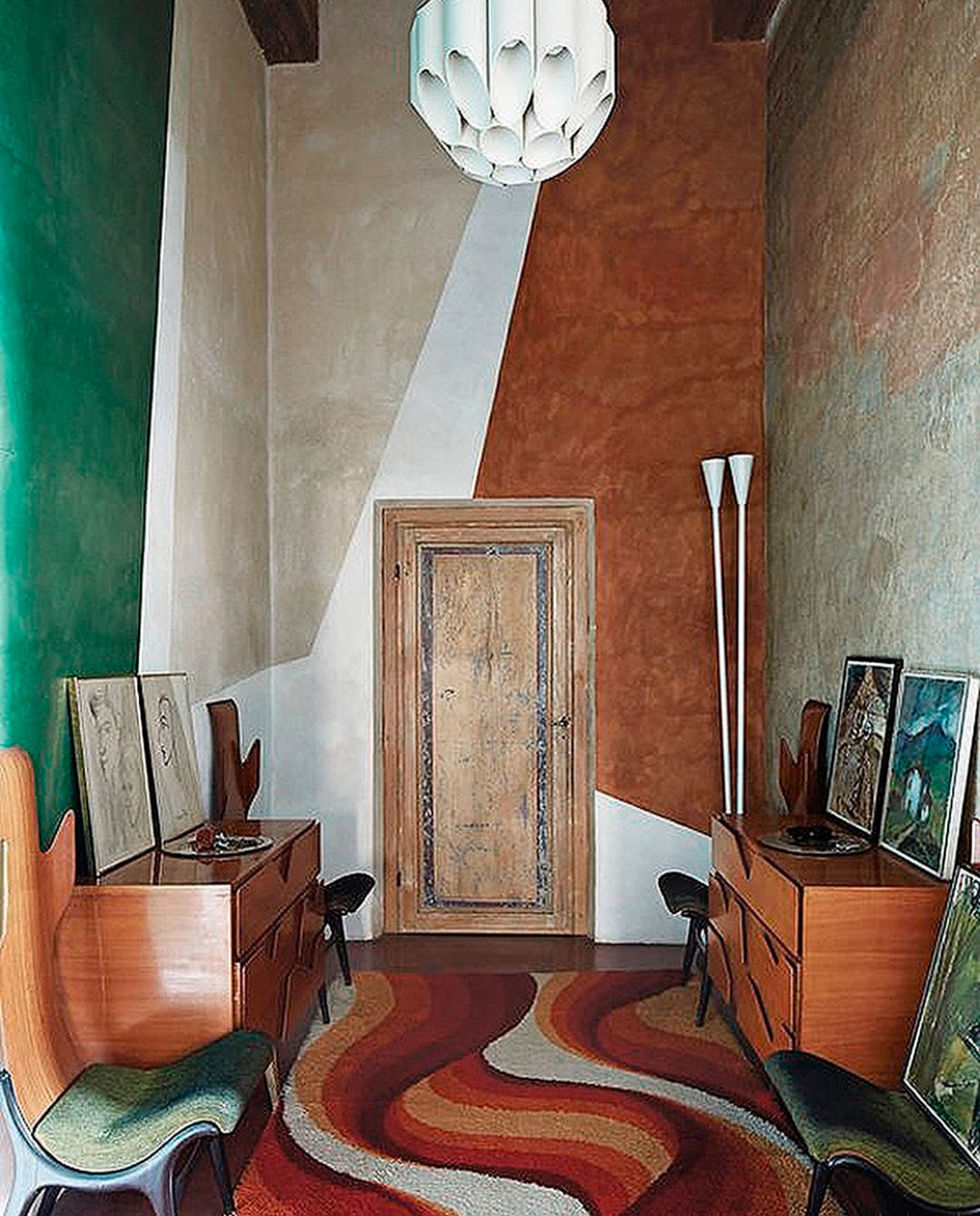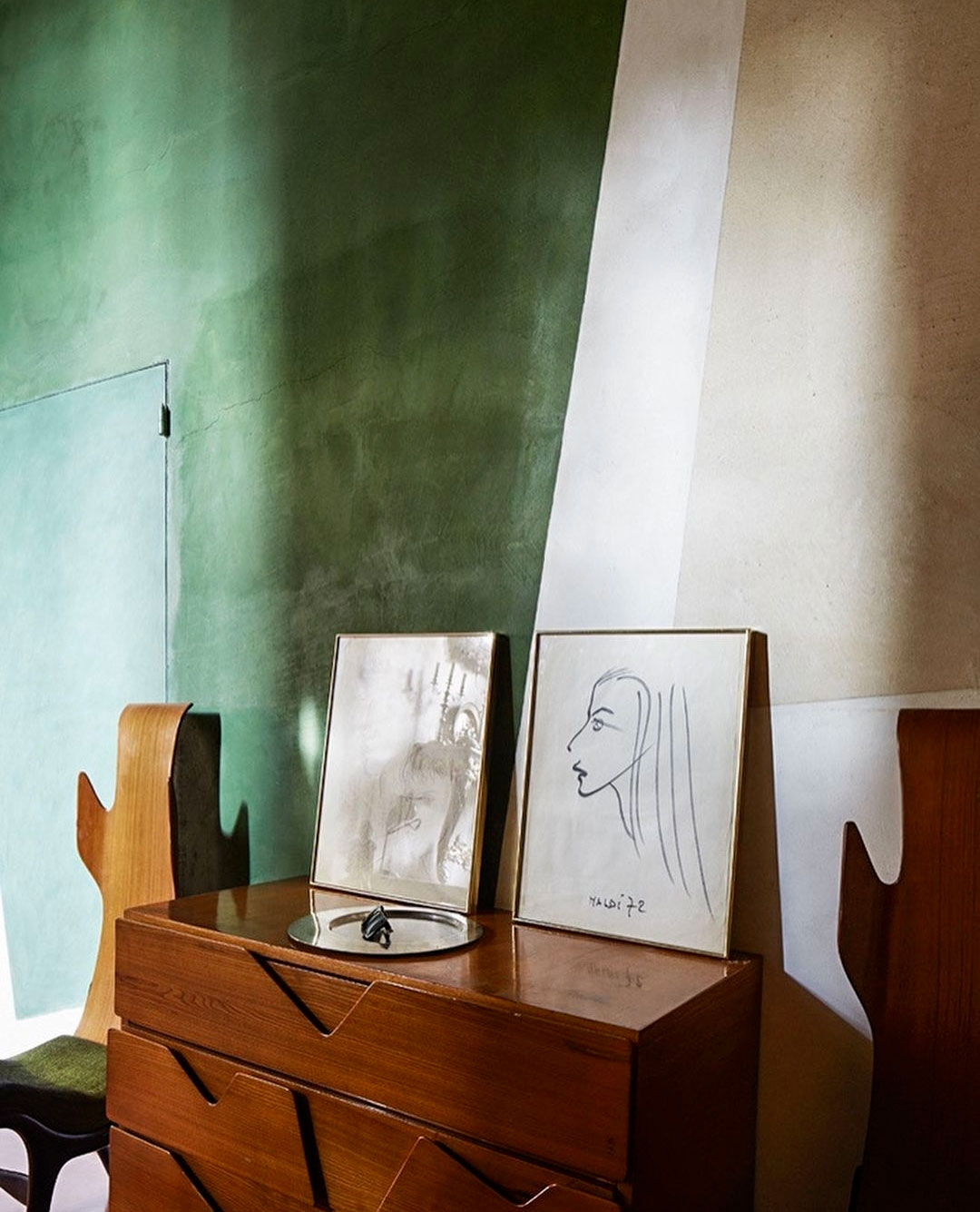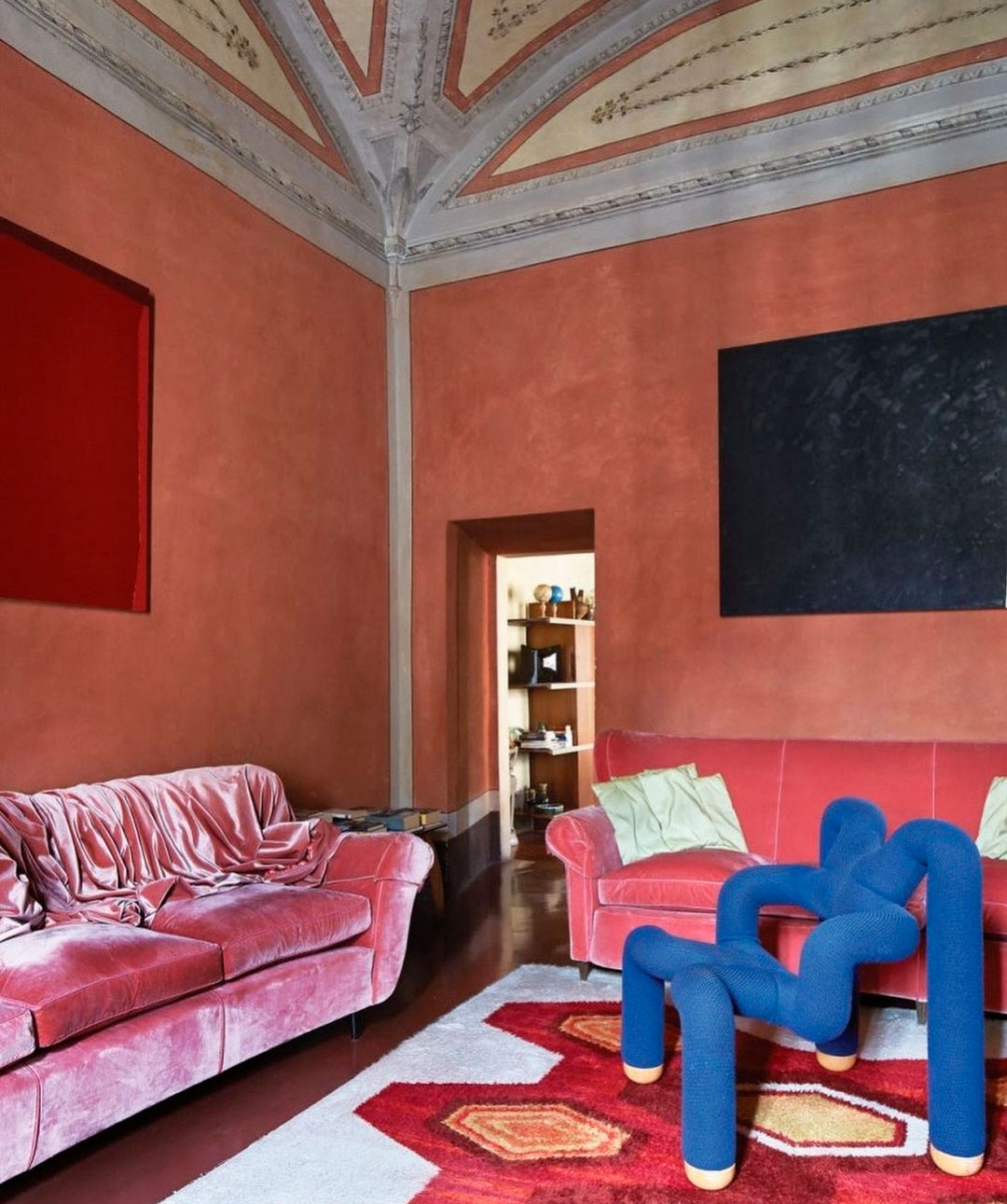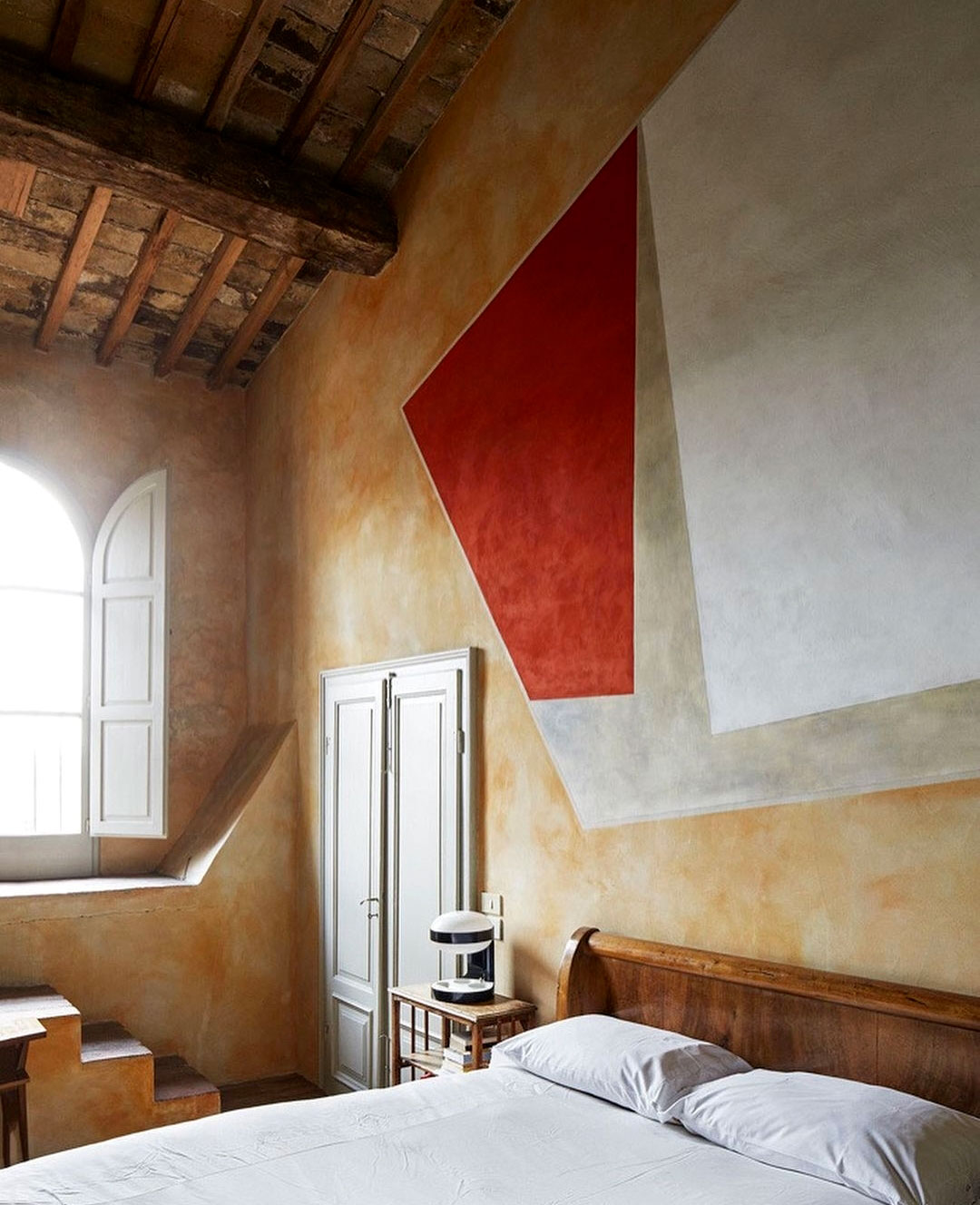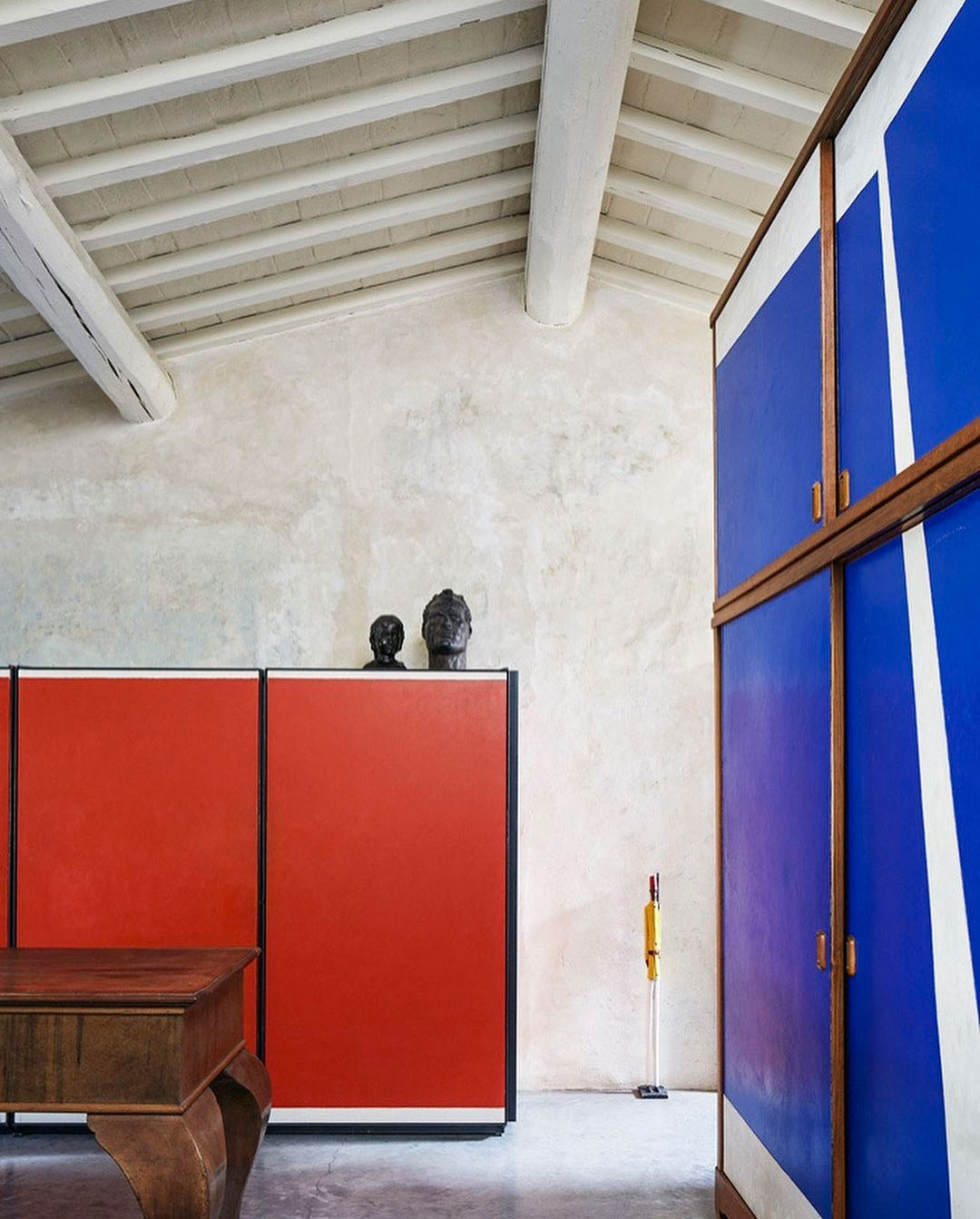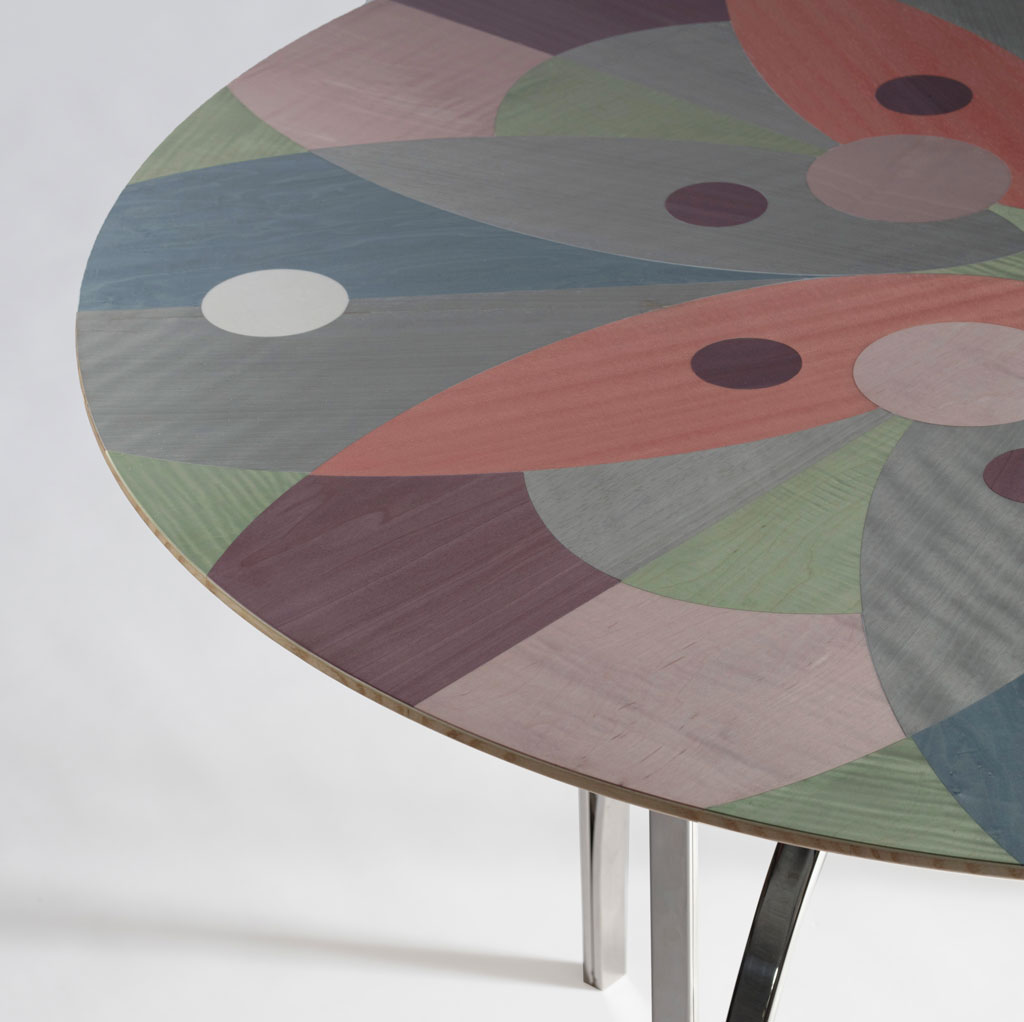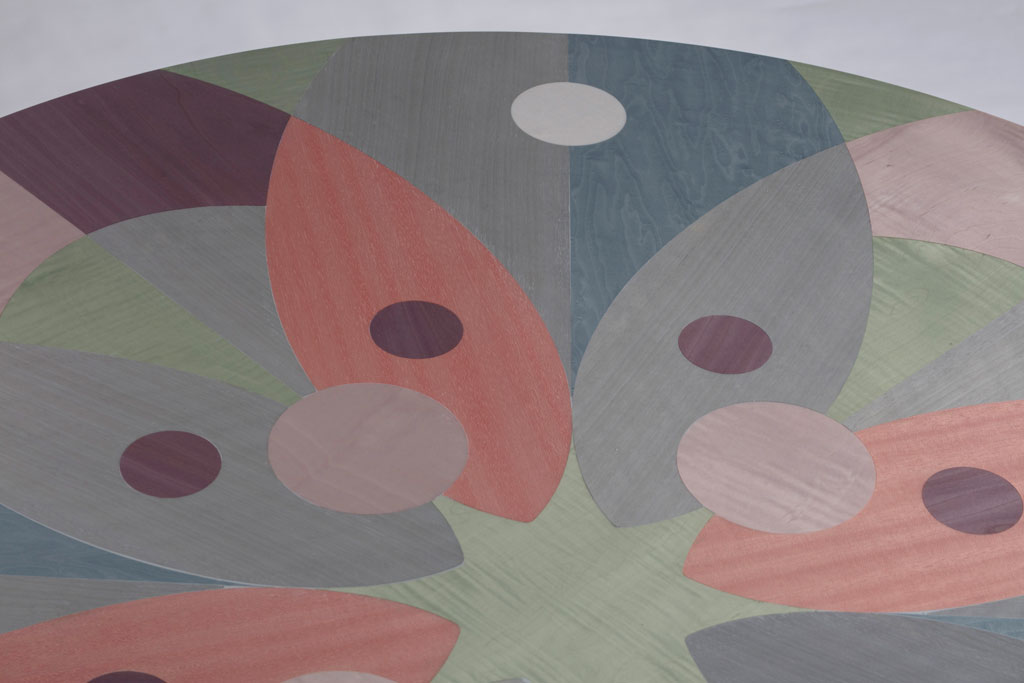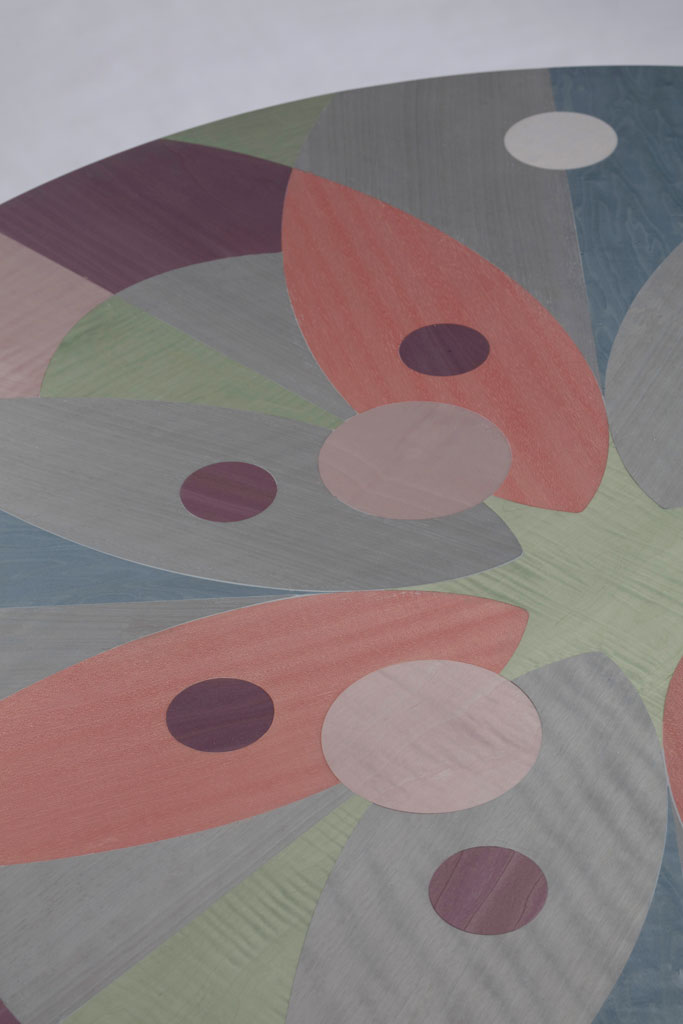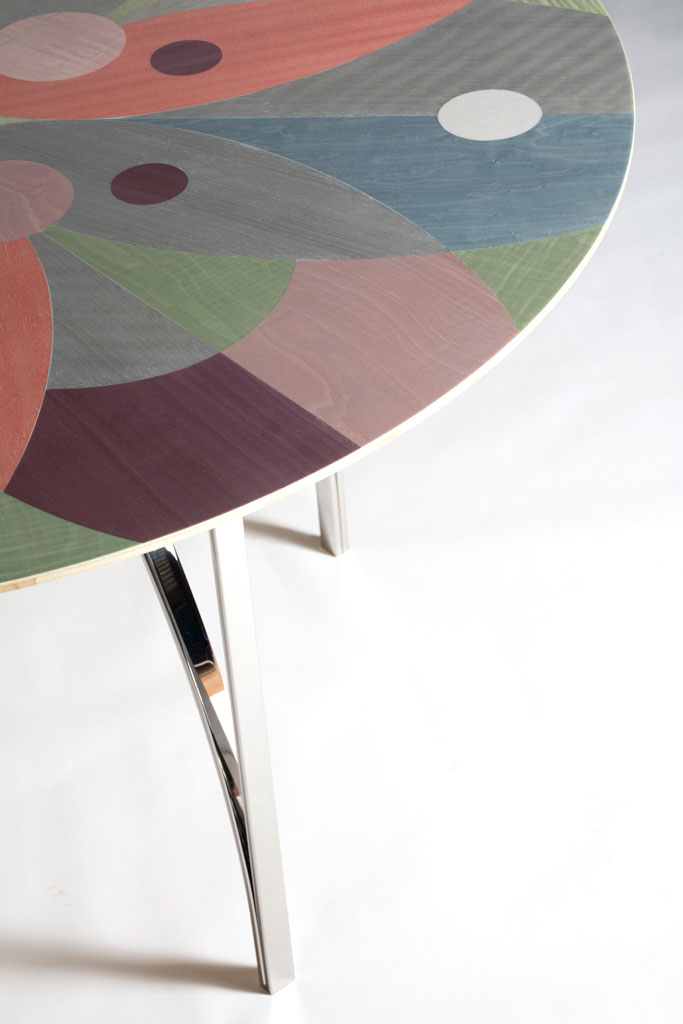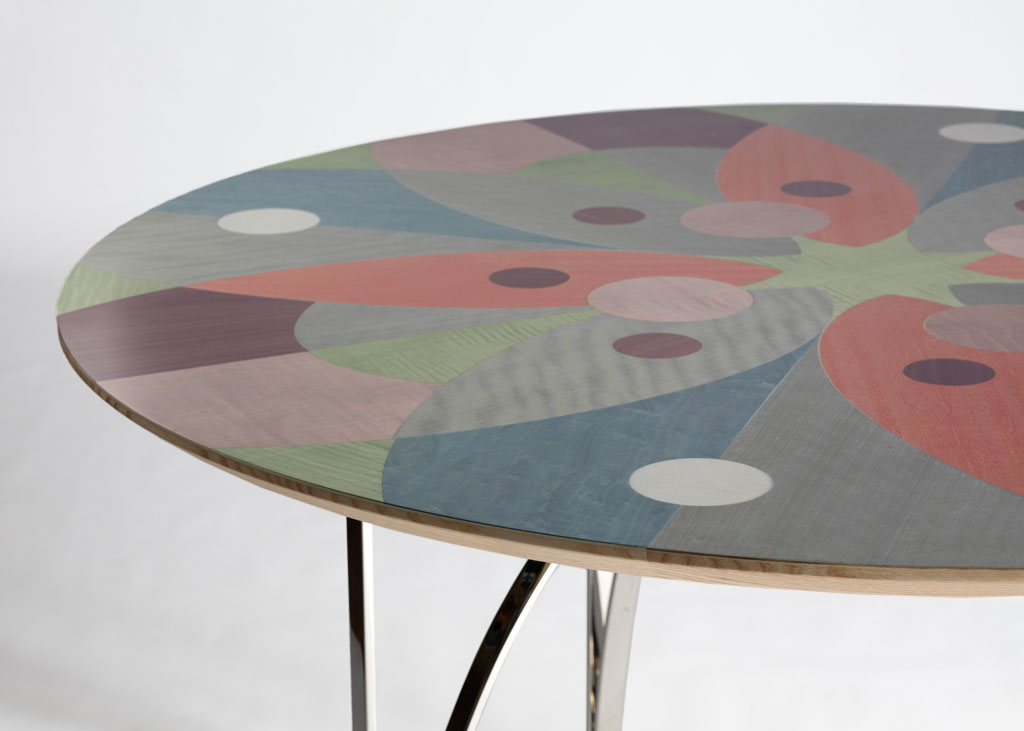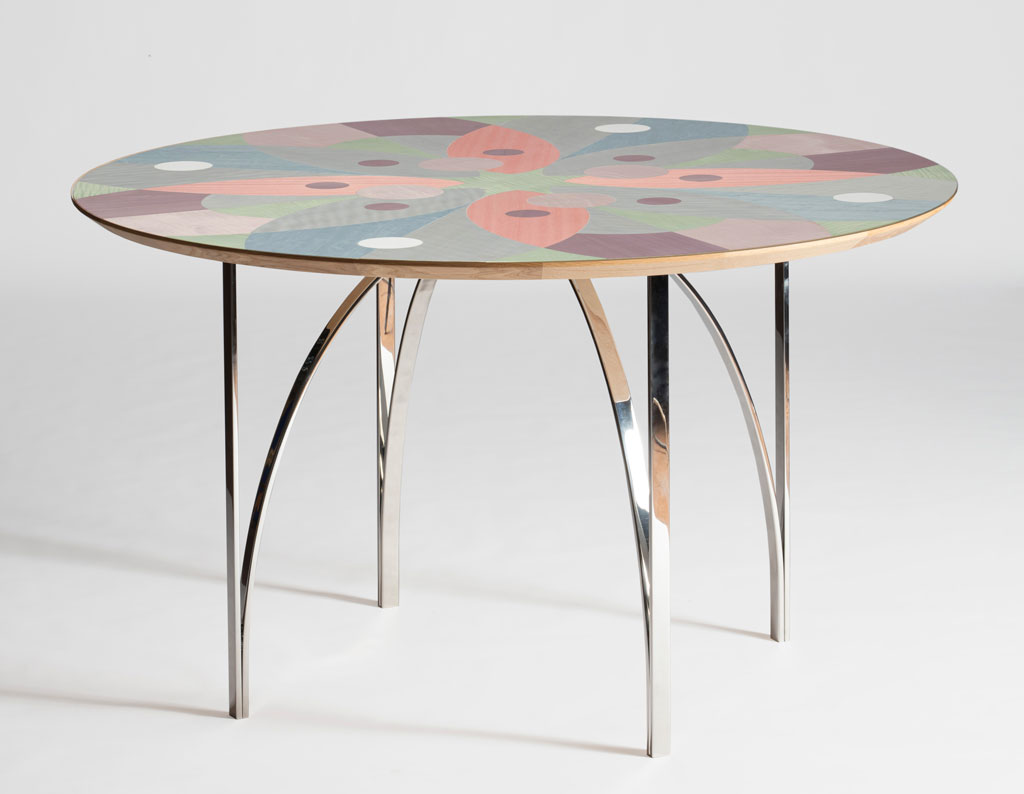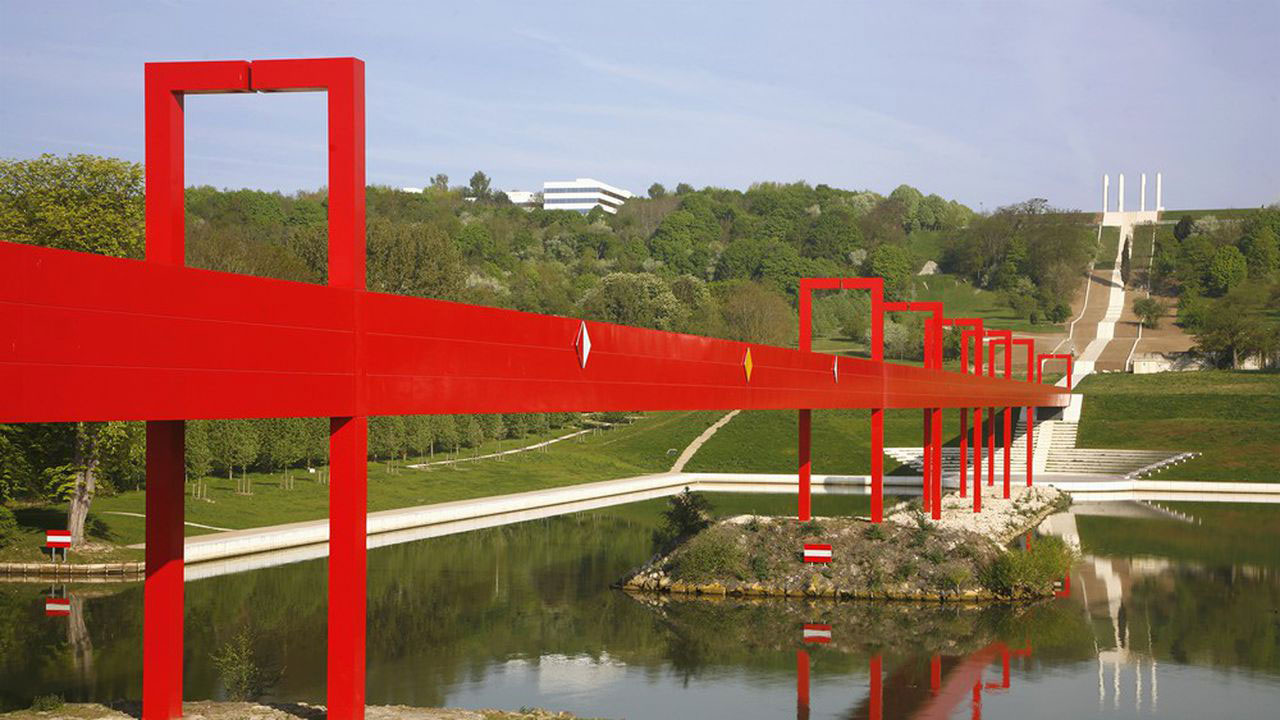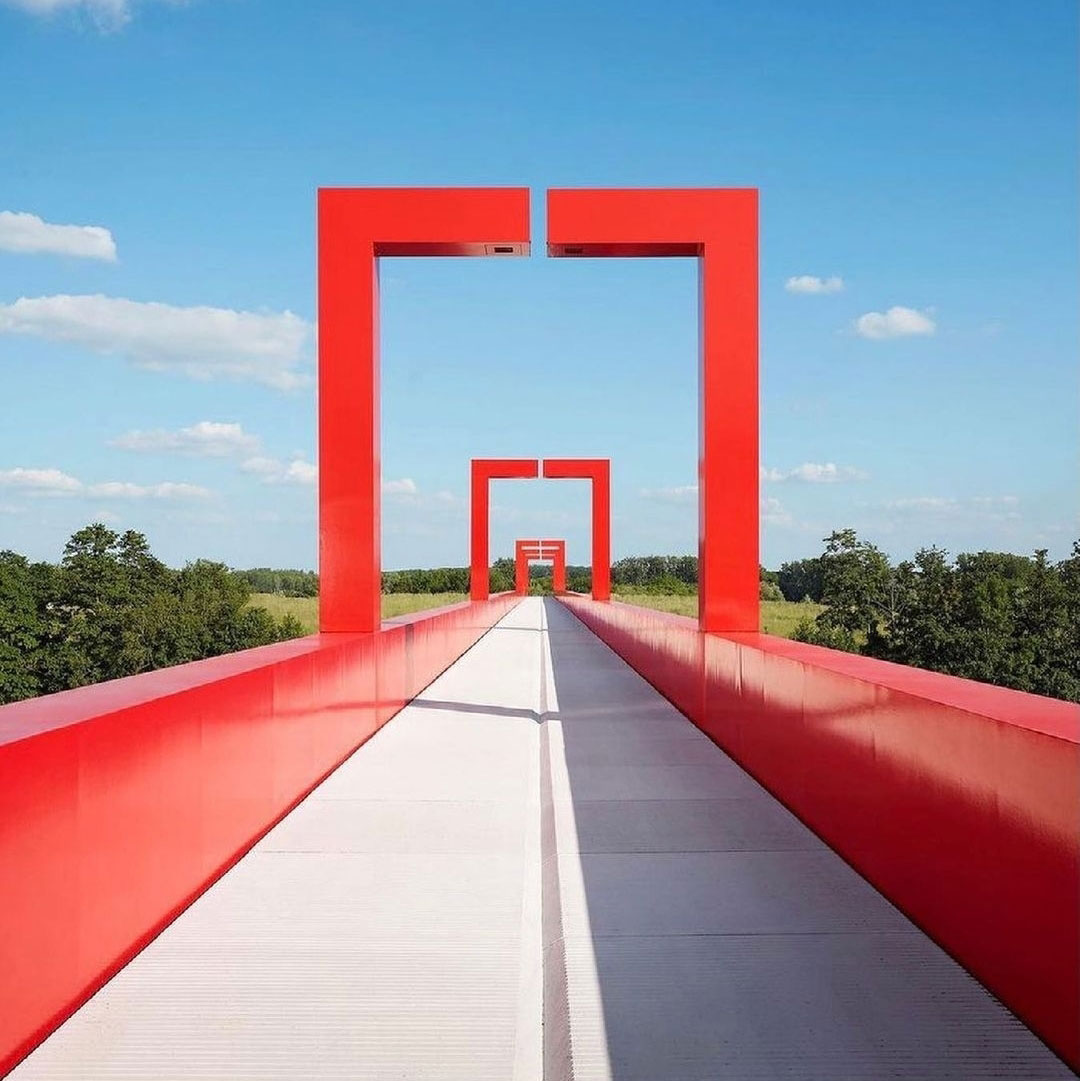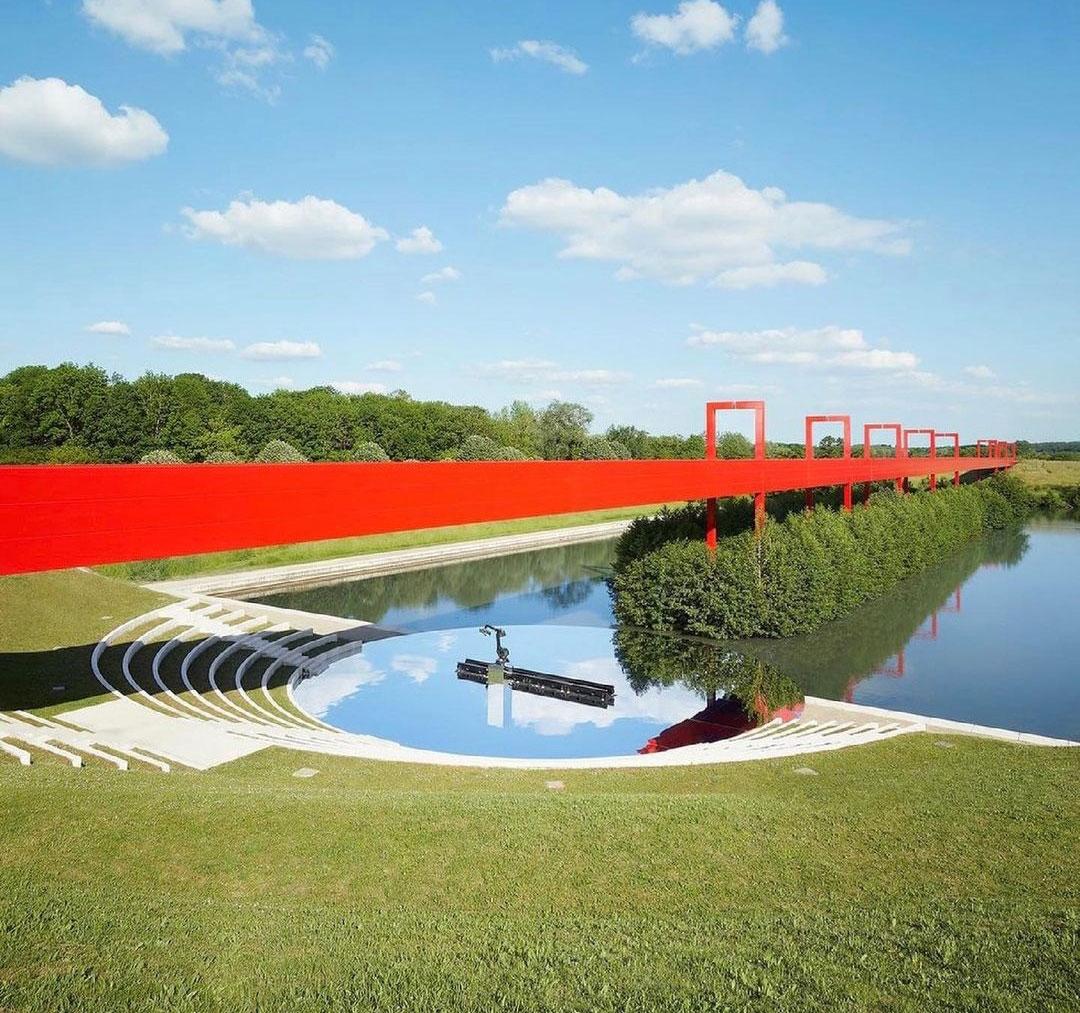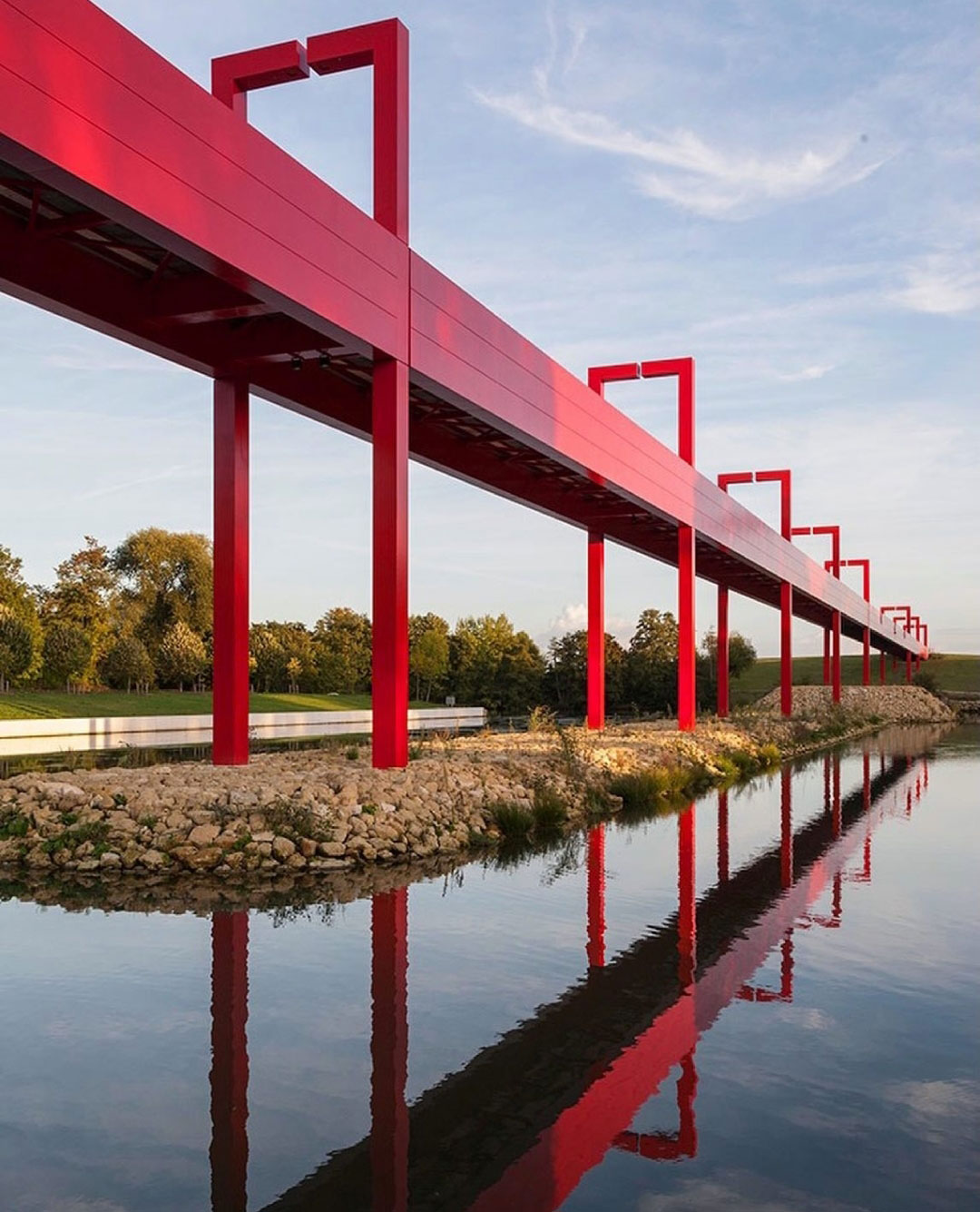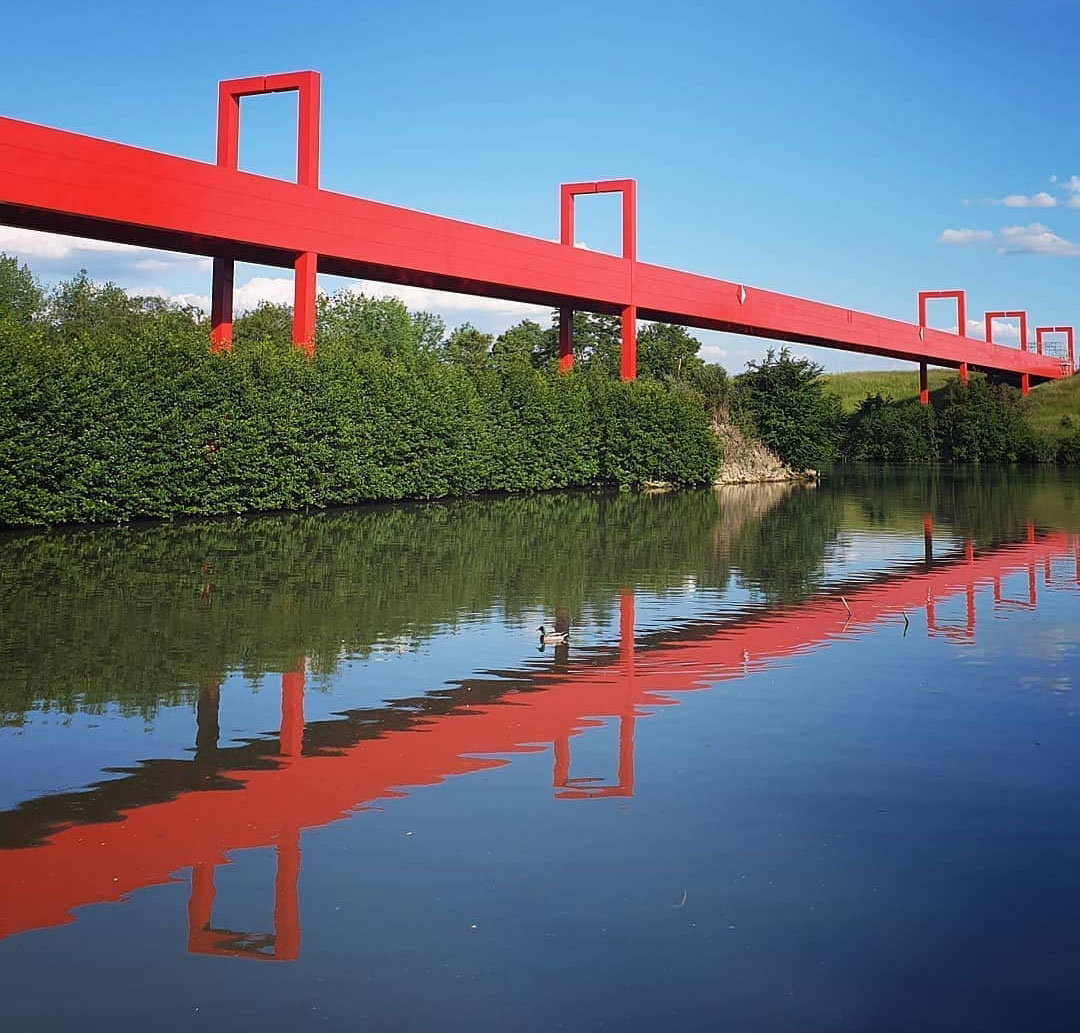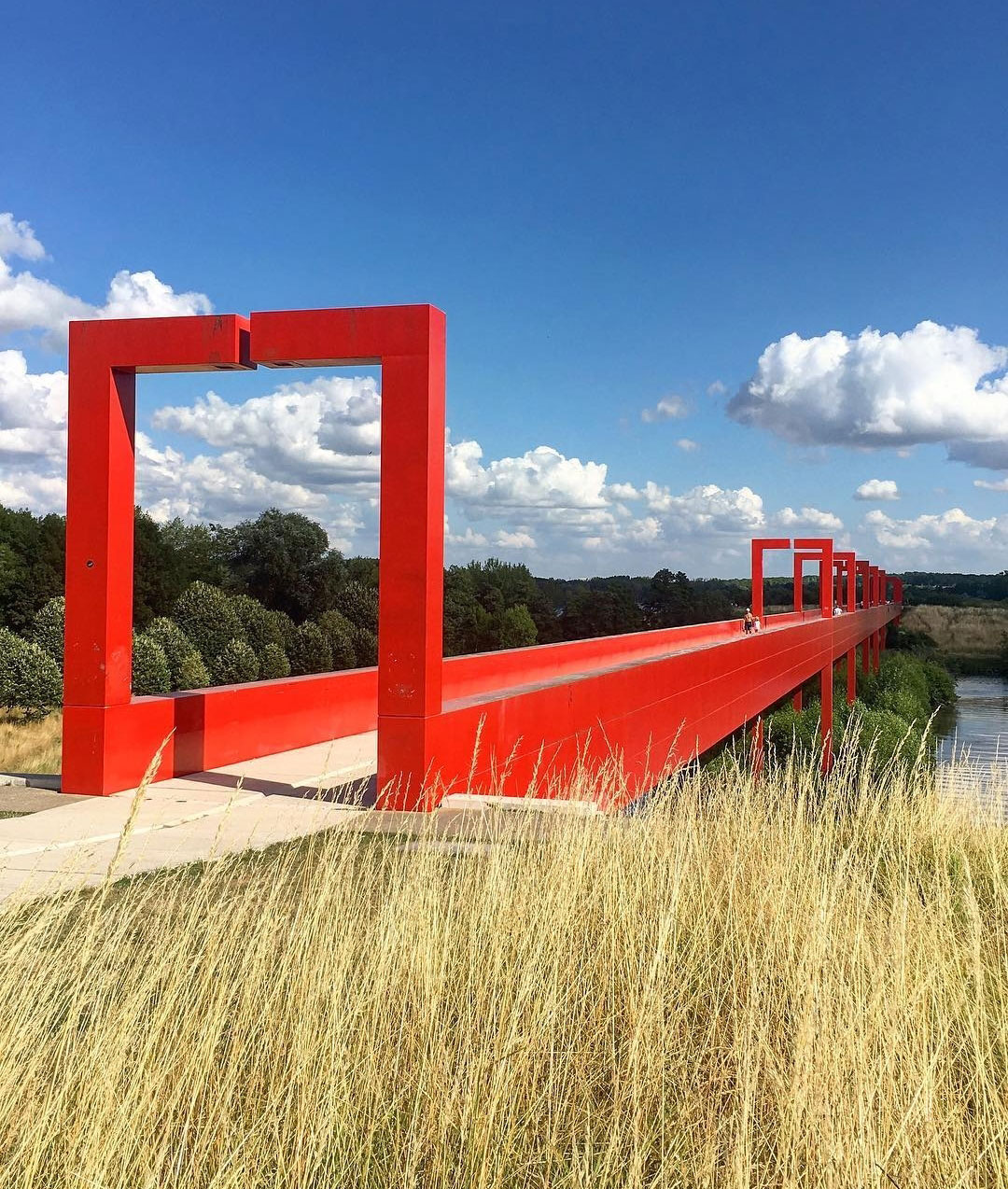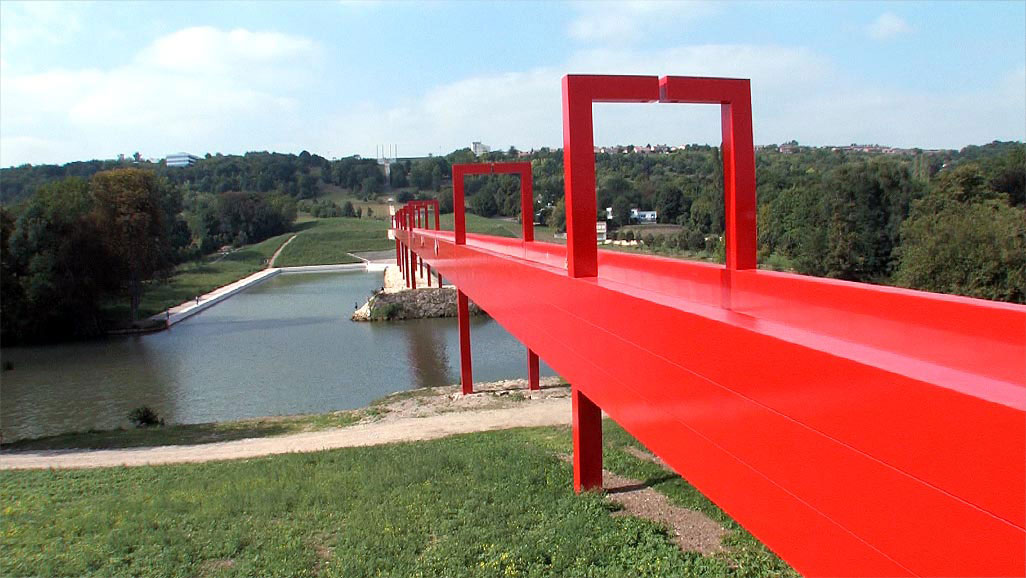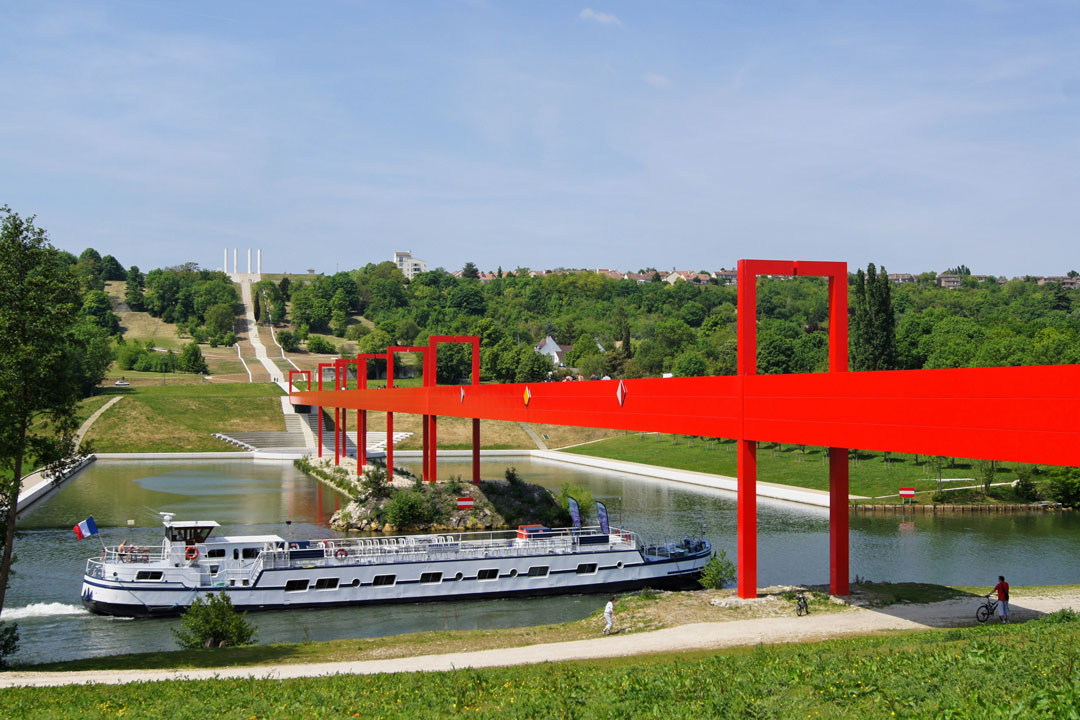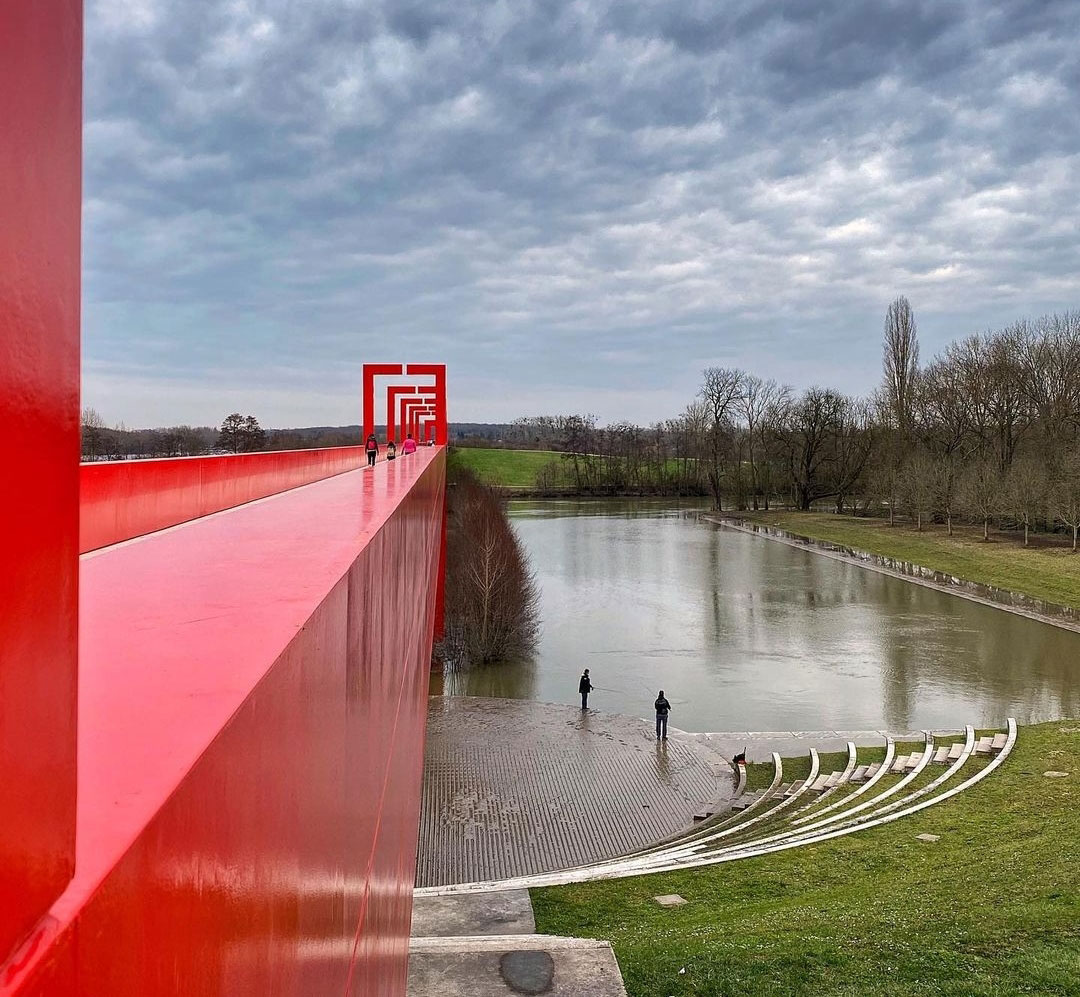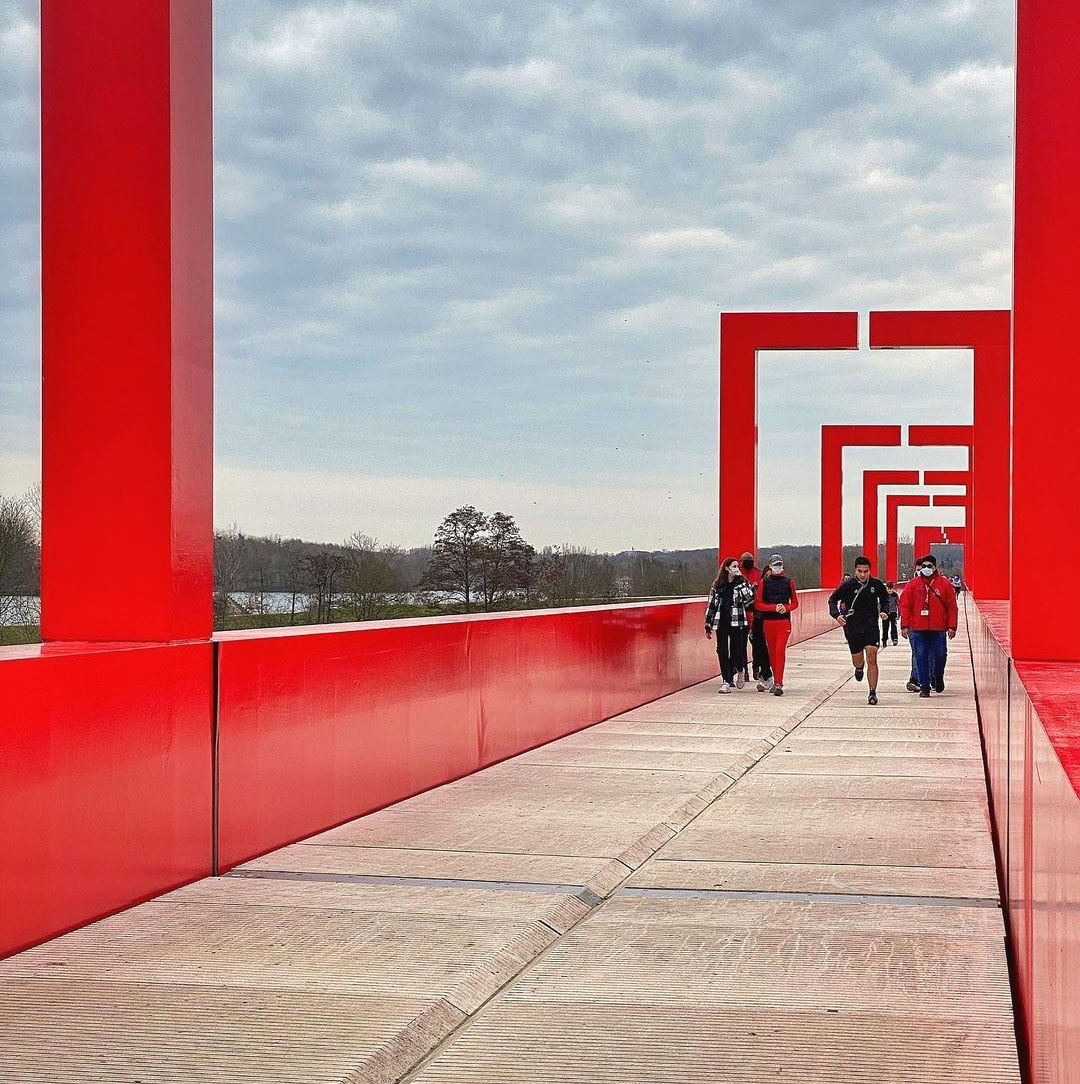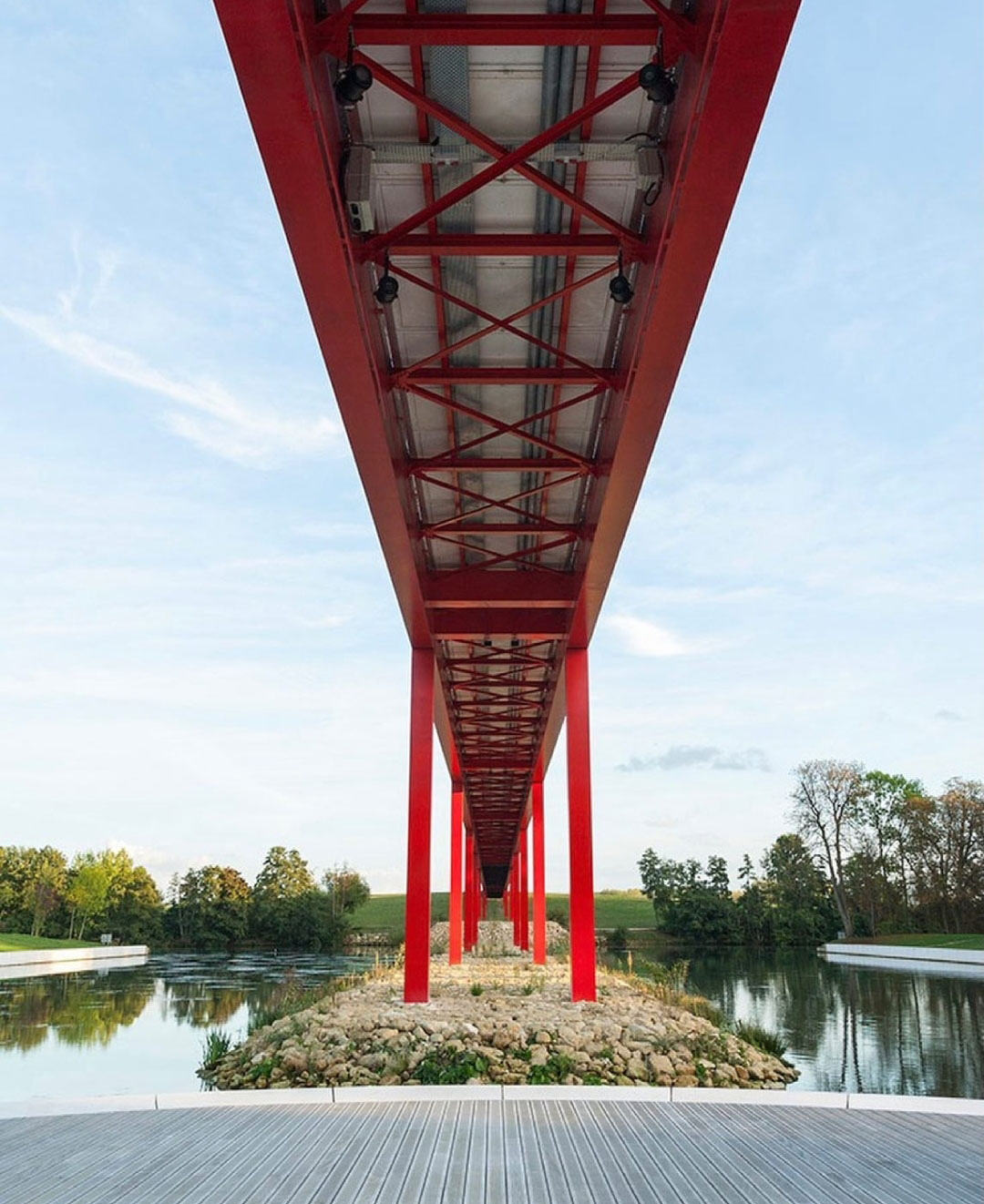ROSSO, BIANCO, E NON SOLO…
VISUAL IDENTITY | TENUTA BRICCO SAN GIORGIO
Per un grafico, una delle sfide più ardue è sicuramente il progetto delle etichette per le bottiglie di vino, poiché deve mediare tra un immaginario popolare piuttosto consolidato (e comunque conservatore) e la contemporaneità.
quella sfida è superata brillantemente dal designer Marco Barbero, che di recente ha messo a punto l’immagine grafica dei vini della Tenuta Bricco San Giorgio. L’azienda astigiana si avvale ora di uno strumento visivo particolarmente elegante, capace di coniugare l’identità il gusto con un linguaggio moderno e accattivante, comunque interprete di una qualità indiscutibile.
Per ogni etichetta, Barbero adotta griglie geometriche simili fra loro, però associate a specifiche palette di colori: tinte fredde per i vini bianchi, tinte calde per i rossi. Il pattern è completato da dettagli dorati, che richiama il legame del prodotto con la nobile tradizione del territorio.
Red, white, and more… – For a graphic designer, one of the most difficult challenges is certainly the design of labels for wine bottles, since it must mediate between a rather consolidated (and in any case conservative) popular imagination and contemporaneity.
That challenge is brilliantly overcome by designer Marco Barbero, who recently fine-tuned the graphic image of the wines of the Bricco San Giorgio estate. The Asti-based company now uses a particularly elegant visual tool, capable of combining identity and taste with a modern and captivating language, however the interpreter of an indisputable quality.
For each label, Barbero adopts similar geometric grids, but associated with specific color palettes: cold colors for white wines, warm colors for reds. The pattern is completed by golden details, which recalls the link of the product with the noble tradition of the area.

